Page 177 of 302
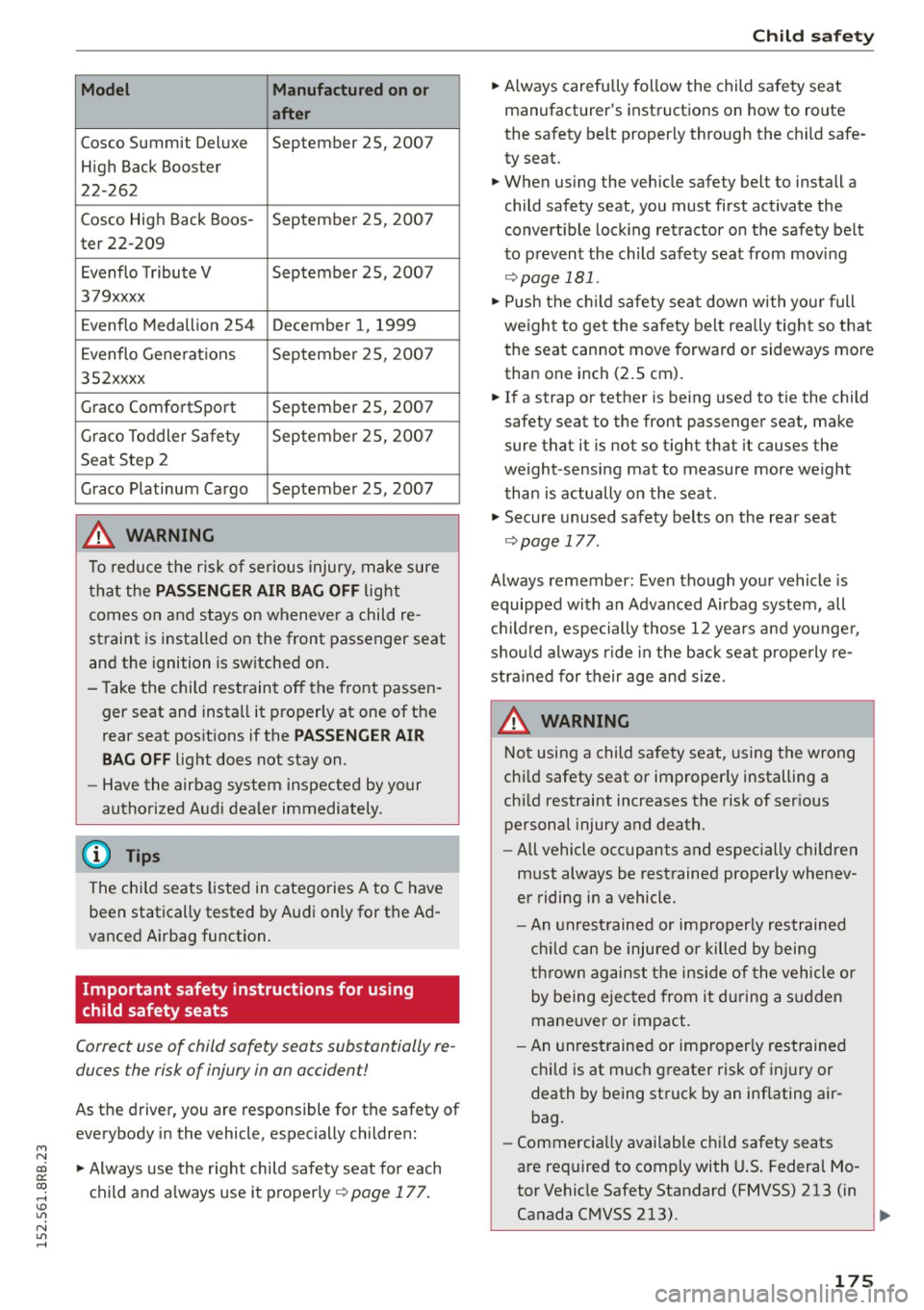
M N
co
a:
co
,...., \!) 1.1'1
N 1.1'1 ,....,
Model Manufactured on or
a fter
Cosco Summit Deluxe September 25, 2007
High Back Booster
22-262
Cosco High Back Boos -September 25, 2007
ter 22-209
Evenflo Tribute V September 25, 2007
379xxxx
Evenflo Medallion 254 December 1, 1999
Evenflo Generations September 25, 2007
3S2xxxx
Graco ComfortSport September 25, 2007
Graco Toddler Safety September 25, 2007
Seat Step 2
Graco Platinum Cargo September 25, 2007
.&, WARNING
To reduce the risk of serious injury, make sure
that the
PASS ENGER AIR BAG OFF light
comes on and stays on whenever a child re
straint is installed on the front passenger seat
and the ignition is switched on.
- Take the child restraint off the front passen ger seat and install it properly at one of the
rear seat positions if the
PASSENGER AIR
BA G OFF
light does not stay on.
- Have the airbag system inspected by your
authorized Audi dealer immediately.
(D Tips
The ch ild seats listed in categories A to C have
been statically tested by Audi on ly for the Ad
vanced Airbag function.
Important safety instructions for using
child safety seats
Correct use of child safety seats substantially re
duces the risk of injury in an accident!
As the driver, you are responsible for the safety of
everybody in the vehicle, especially children:
.,. Always use the right child safe ty seat for each
child and a lways use it properly ¢
page 177.
Child sa fety
.,. Always carefully follow the child safety seat
manufacturer's instructio ns on how to route
the safety belt properly through the child safe
ty seat.
.,. When using the vehicle safety belt to install a
child safety seat, you must first activate the
convert ible lock ing retractor on the safety belt
to prevent the child safety seat from mov ing
r::) page 181 .
.,. Push the ch ild safety sea t down with yo ur full
weight to get the safety belt rea lly tight so that
the seat cannot move forward or sideways more
than one inch (2.5 cm).
.,. If a strap or tether is being used to tie the child
safety seat to the front passenger seat, make
sure that it is not so tight that it causes the
weight -sensing mat to measure more we ight
than is actually on the seat .
.,. Secure unused safety belts on the rear seat
r::) page 177 .
Always remember : Even though your vehicle is
equipped with an Advanced Airbag system, all
c hi ld ren, especially those 12 years and younge r,
shou ld a lways r ide in the back seat prope rly re
stra ined for their age and size.
A WARNING
=
Not using a child sa fety seat, us ing the wrong
chi ld safety seat or improperly installing a
chi ld restraint increases the risk of serious
personal injury and death.
- All vehicle occ upants and especially children
must always be restrained properly whenev
er riding in a vehicle .
- An unrest rained or improperly restrained
ch ild can be injured or killed by being
thrown against the ins ide of the vehicle o r
b y being ejected from it du ring a s udden
maneuver or impact.
- An unrestrained or improperly res trained
child is at much greater risk of injury or
death by being struck by an inflating air
bag.
- Commercia lly available child safety seats
are req uired to comply with U.S. Federa l Mo
tor Vehicle Safety Standard (FMVSS) 213 (in
Canada CMVSS 213). .,_
175
Page 178 of 302
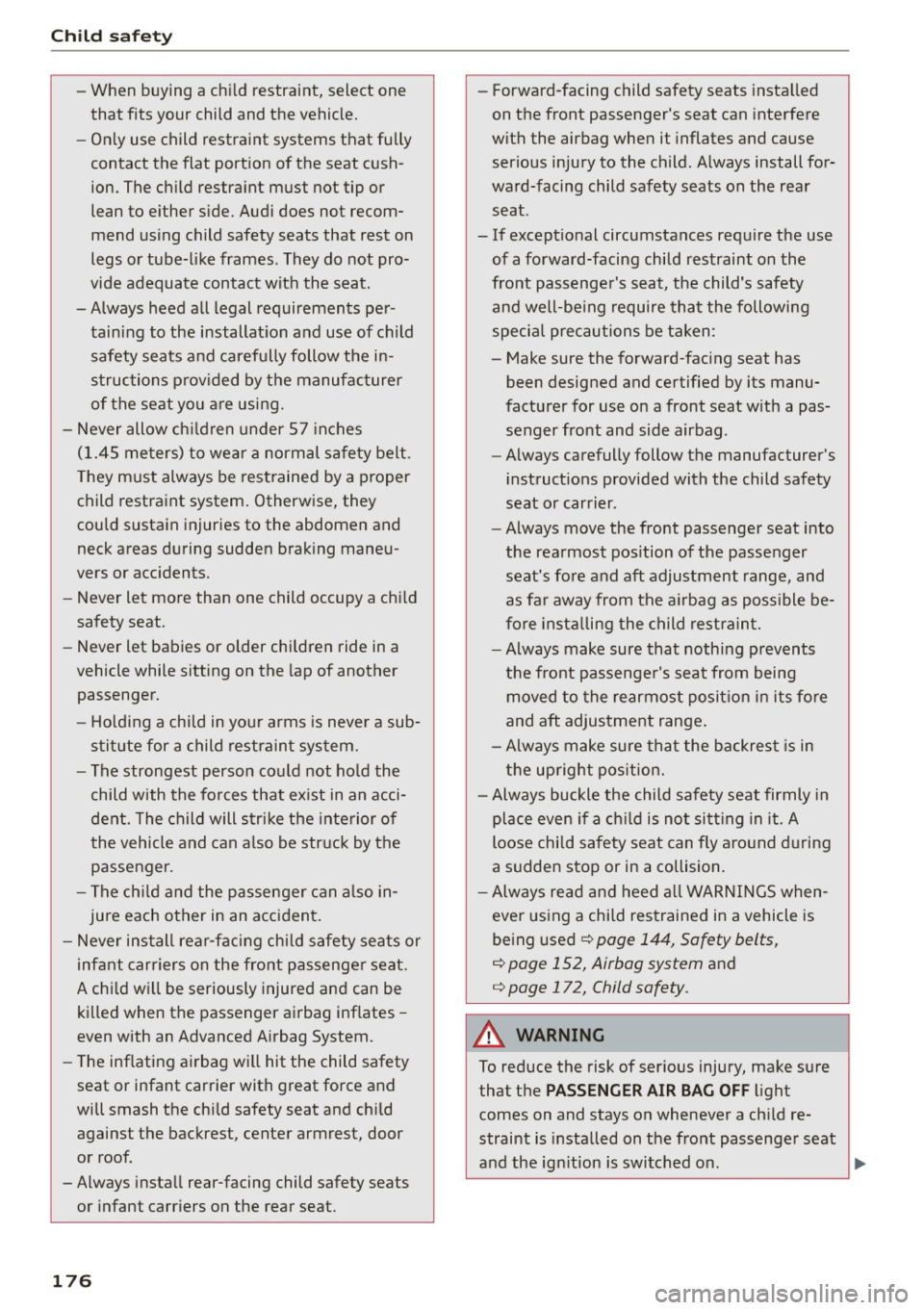
Child safet y
-When b uying a ch ild restraint, select one
that fits your child and the vehicle.
- On ly use child restraint systems that fully
contact the flat port ion of the seat cush
ion. The ch ild restra int must not tip or
lean to either s ide. Audi does not recom
mend using child safety seats that rest on
legs o r tube-like frames . They do not pro
vide adequate contact with the seat.
- Always heed all legal requirements pe r
taining to the installat ion and use of ch ild
safety seats and carefully follow the in
struc tions prov ided by the manufacturer
of the seat you are using.
- Never allow ch ildren under 57 inches
(1.45 me ters) to wear a normal sa fety belt .
They m ust always be rest rained by a proper
child restra int system. Otherwise, they
could sustain injuries to the abdomen and
neck areas during sudden braking maneu
vers or acc idents.
- Never let more than one child occupy a chi ld
safety seat.
- Never let babies or older children ride in a
vehicle while sitting on the lap of another
passenger.
- Ho ld ing a child in your arms is neve r a sub
stit ute for a child rest raint sys tem.
- The strongest person co uld not hold the
child with the fo rces that ex ist in an acci
dent. The child will s tri ke the inte rior of
the vehicle and can a lso be str uck by the
passenger.
- The ch ild and the passenger can a lso in
jure each other in an acc ident .
- Never ins tall rear-facing chi ld safety seats or
infant carriers on the front passenger seat.
A ch ild w ill be seriously injured and can be
killed when the passenger airbag inf lates -
even with an Advanced Airbag System .
- The inf lating airbag will hit the child safety
seat or infant carrier with great force and
will smash the chi ld safety seat and child
against the backrest, center armrest, door
o r roof.
-Always insta ll rear-facing child safety seats
or infant carr iers on the rear seat.
176
- Forwa rd-facing child safety seats insta lled
on the front passenger's seat can interfere
w ith the airbag when it inflates and cause
serious injury to the child. Always install fo r
ward-facing child safety seats on the rear seat .
- If except ional circumstances require the use
of a fo rward-facing child restraint on the
front passenge r's seat, the child's safety
and well-be ing require that the following
speci al precautions be taken :
- Make sure the forward-facing seat has
been designed and certified by its manu
factu rer for use on a front seat w ith a pas
senger front and side airbag .
- Always carefully follow the manufacturer's
i nst ructions provided with the child safety
seat or carrier .
- Always move the front passenger seat into
the rea rmost pos ition of the passenger
seat's fore and aft adjustment range, and
as fa r away from the a irbag as poss ible be
fo re insta lling the child rest raint.
- Always make sure that nothing p revents
the front passenge r's seat from being
moved to the rearmost posit ion in its fo re
and aft adjustment range .
- Always make sure tha t the backres t is in
the up right pos ition.
- Always buckle the child sa fety seat firmly in
place even if a ch ild is not si tting in it. A
loose child safety seat can fly around d uring
a sudden stop or in a collision.
- Always read and heed a ll WARNI NGS when
eve r us ing a child restrained in a vehicle is
be ing used
¢ page 144, Safety belts,
¢ page 152, Airbag system and
¢ page 172 , Child safety.
A WARNING
To reduce the risk of ser ious injury, make sure
that the
PASSENGER AIR BAG OFF li ght
comes on and stays on whenever a ch ild re
straint is installed on the front passenge r seat
and the ign ition is switched on . ..,.
Page 179 of 302
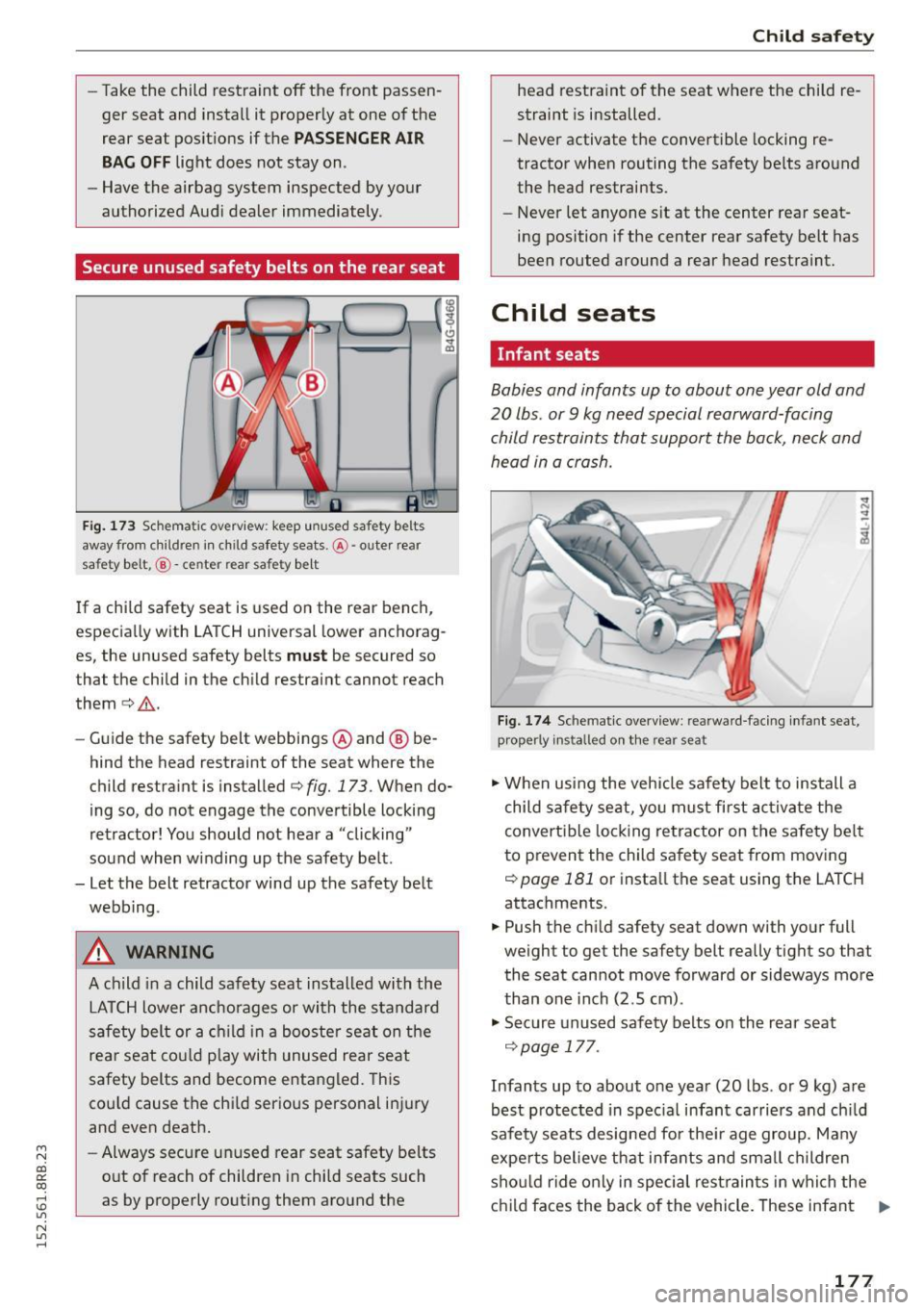
M N
co ~ co
rl I.O
"' N
"' rl
-Take the child restraint off the front passen
ger seat and install it properly at one of the
rear seat pos itions if the
PASSENGER AIR
BA G OFF
light does not stay on.
- Have the airbag system inspected by your
authorized Audi dealer immediately.
Secure unused safety belts on the rear seat
Fig . 173 Schematic overview: keep unused safety belts
away from children in child safety seats. @-oute r rear
safety belt,
@ -center rea r safety belt
If a chi ld safety seat is used on the rear bench ,
especia lly with LATCH universal lower anchorag
es, the unused safety belts
must be secured so
that the child in the child restraint cannot reach
them¢ _&.
- Guide the safety belt webbings @and @ be
hind the head restraint of the seat where the
child restraint is installed¢
fig. 173. When do
ing so, do not engage the convertible locking
retractor! You should not hear a "clicking"
sound when w inding up the safety belt.
- Let the belt retractor wind up the safety belt
webbing .
A WARNING
A child in a child safety seat installed with the
LA TCH lower anchorages or with the standard
safety belt or a ch ild i n a booste r seat on the
rea r seat co uld play with unused rear seat
safety belts and become entangled. This
co uld cause the chi ld serious personal inj ury
and even death.
- Always secure un used rear seat safety belts
o ut of reach of children in child seats such
as by properly routing them around the
Chil d sa fe ty
head restra int of the seat where the child re
straint is installed.
- Never activate the convertible locking re
tractor when routing the safety belts around
the head restraints.
- Never let anyone s it at the center rear seat
ing position if the center rear safety belt has
been routed around a rear head restraint.
Child seats
Infant seats
Babies and infants up to about one year old and
20 lbs . or
9 kg need special rearward-facing
child restraints that support the back, neck and
head in a crash.
F ig. 174 Schemat ic overv iew : rearward -fac ing infant seat,
proper ly installed on th e rear seat
., W hen using the vehicle safety belt to install a
child safe ty seat, yo u must first ac tivate the
convert ib le lock ing retractor on the safety be lt
to prevent the child sa fety seat from mov ing
i=:> page 181 or insta ll the seat using the LATCH
attachments.
.. Push the child safety seat down with your full
weight to get the safety belt really tight so that
the seat cannot move forward or sideways more
than one inch (2.5 cm).
., Secure unused safety belts on the rear seat
¢page 177.
Infants up to about one year (20 lbs. or 9 kg) are
best p rotected in spec ial infant carriers and ch ild
safety seats designed for the ir age group. Many
expe rts bel ieve that infants and sma ll children
sho uld ride only in special restrain ts in which the
child faces the back of the vehicle. These infant .,.
177
Page 180 of 302
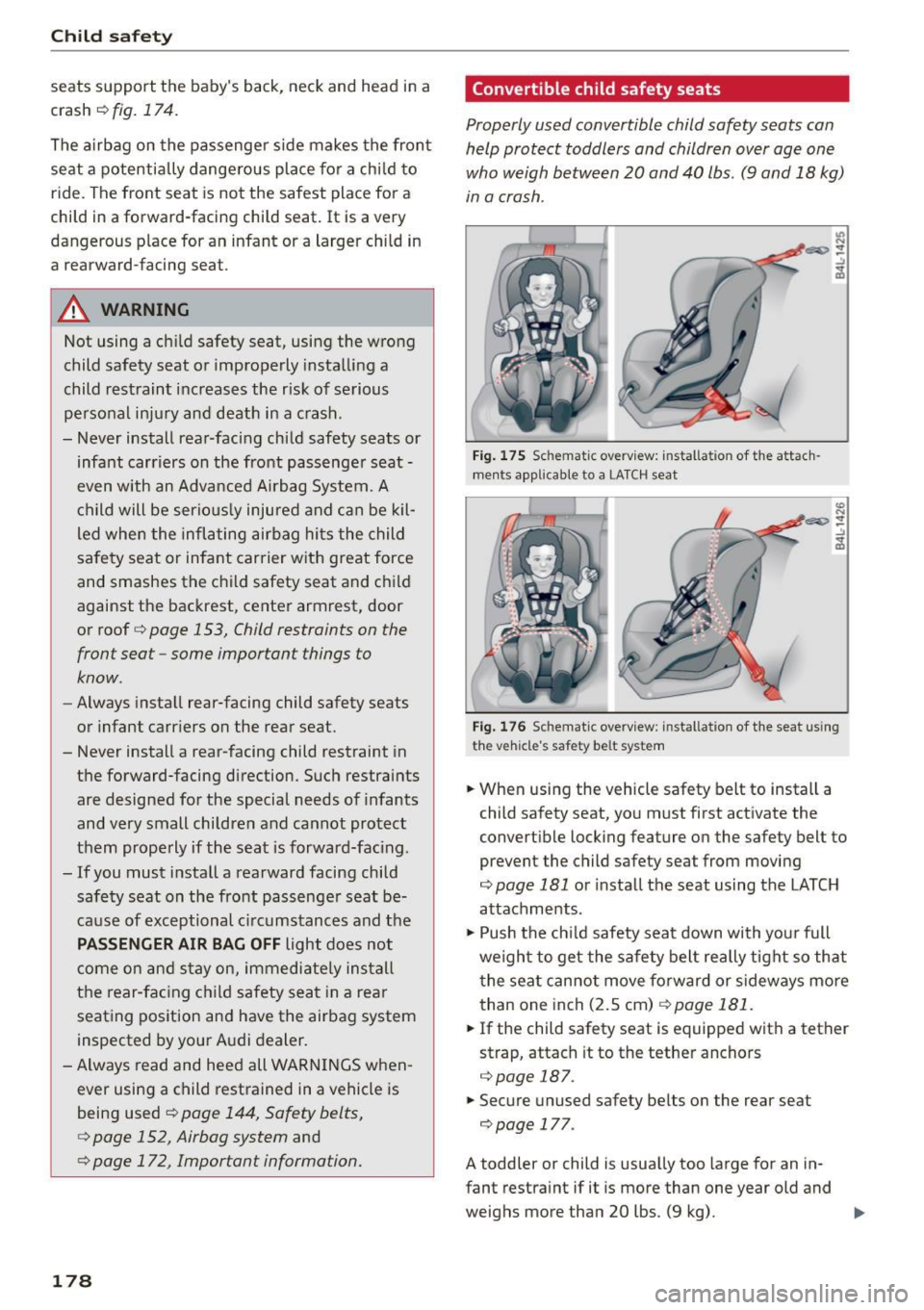
Child safety
seats support t he baby 's back, neck and head in a
crash
r=> fig . 174.
The airbag on the passenger side makes the fron t
seat a potentially dange rous place for a ch ild to
ride. The front seat is not the safest place for a
child in a fo rward-facing child seat. It is a very
dangerous p lace for an infant or a larger chi ld in
a rearward-facing seat .
_&. WARNING
Not using a child safety seat , using the wrong
child safety seat o r imp roperly insta lling a
child restraint inc reases the r isk of serious
personal in ju ry and death in a crash .
- Never install rea r-facing ch ild safety seats or
infant carriers on the front passenger seat -
even w ith an Advanced Ai rbag System. A
c hild will be serio us ly injured and c an be kil
led whe n the infl ating airbag hits the child
sa fe ty seat or infant carrier w ith great force
and smashes the c hild safety seat and c hild
against the bac krest, center armrest, door
or roof
r=> page 153, Child restraints on the
front seat -some important things to
know .
-Always insta ll rear-facing child safety seats
o r infant ca rr iers on the rear seat.
- Never install a rear-facing child restraint in the forward-facing direction. Such restra ints
are designed for the specia l needs of infants
and very small children and cannot protect
them prope rly if the seat is forward-fac ing .
- If you must install a rearward facing child safety seat on the front pass enge r seat be
ca use of exceptional c ircumstanc es and t he
PASSENGER AIR BAG OFF light does not
c ome on an d st ay on, immedi ate ly ins tall
t h e rear-facing c hild safety sea t in a rea r
seat ing position and have the airbag system
inspected by your Audi dealer.
- Alw ays read and hee d all WARN INGS when
ever using a child restrained in a vehicle is
being used
c::> page 144 , Safety belts,
c::> page 152, Airbag system
and
c::> page 172, Important information.
178
Convertible child safety seats
Properly used convertible child safety seats can
help protect toddlers and children over age one
who weigh between 20 and 40 lbs. (9 and 18 kg)
in a cra sh .
Fi g. 175 Sc hem at ic ove rv iew: instal la ti on of t he attach
m ents applicable to a LA T CH seat
Fi g. 1 76 Schemat ic ove rv iew : in stal lat io n of th e seat usin g
the v ehicl e's sa fet y bel t system
.. When using the vehicle safety belt to install a
child sa fety seat, you must first activate the
convertible locking feature on the safety belt to
prevent the child safety seat from moving
r=> page 181 or i nsta ll the seat using the LATC H
attachments.
.,. Push the ch ild safety seat down with you r full
weigh t to get the safe ty belt rea lly tight so that
t he sea t ca nnot move forward or sideways mo re
than one inch (2.5 cm)
r=> page 181.
.. If the child safety seat is equipped with a tether
strap, attach it to the tether anchors
c::> page 187.
.. Secure unused safety belts on the rear seat
r=> page 177 .
A toddler or child is usua lly too large for an in
fant restra int if it is more than one year old and
weighs more than 20 lbs . (9 kg) .
IJJ,,
Page 181 of 302
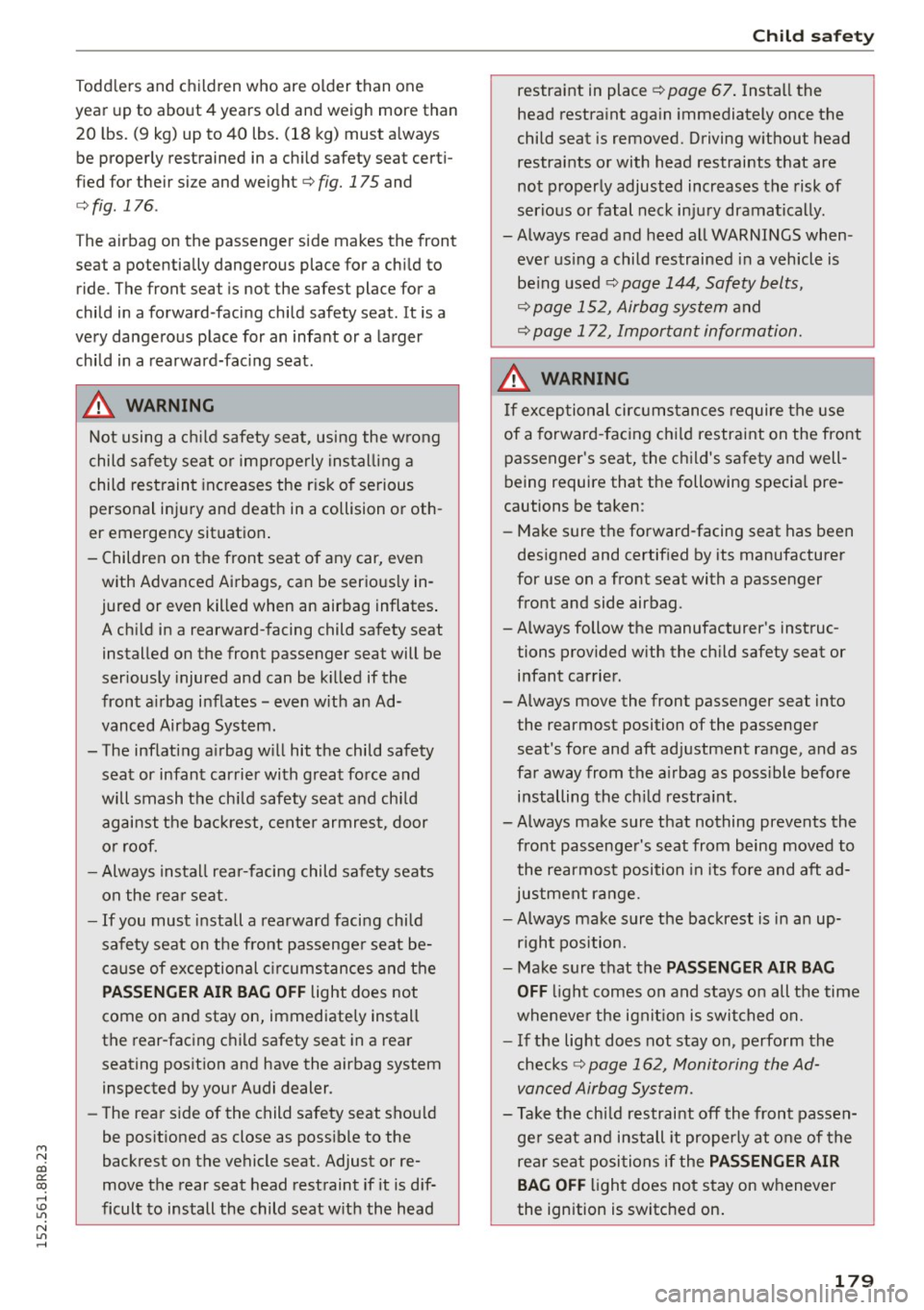
M N
co
a:
co
,...., \!) 1.1'1
N 1.1'1 ,....,
Toddlers and children who are older than one
year up to about 4 years old and weigh more than
20 lbs. (9 kg) up to 40 lbs. (18 kg) must always
be properly restrained in a child safety seat certi
fied for their si ze and weight¢
fig. 175 and
¢fig. 176 .
The airbag on the passenger side makes the front
seat a potentially dangerous place for a child to ride . The front seat is not the safest place for a
child in a forward-facing child safety seat. It is a
very dangerous place for an infant or a larger
child in a rearward-facing seat.
.8, WARNING
Not using a child safety seat, using the wrong
child safety seat or improperly installing a
child restraint increases the risk of serious
personal injury and death in a collision or oth
er emergency situation.
- Children on the front seat of any car, even
with Advanced Airbags, can be seriously in
jured or even killed when an airbag inflates. A child in a rearward-facing child safety seat
installed on the front passenger seat will be
seriously injured and can be killed if the
front airbag inflates -even with an Ad·
vanced Airbag System .
- The inflating airbag will hit the child safety seat or infant carrier with great force and
will smash the child safety seat and child against the backrest, center armrest, door
or roof.
- Always install rear-facing child safety seats
on the rear seat.
- If you must install a rearward facing child
safety seat on the front passenger seat be
cause of exceptional circumstances and the
PASSENGER AIR BAG OFF light does not
come on and stay on, immediately install
the rear-facing child safety seat in a rear
seating position and have the airbag system inspected by your Audi dealer.
- The rear side of the child safety seat should
be positioned as close as possible to the
backrest on the vehicle seat. Adjust or re
move the rear seat head restraint if it is dif
ficult to install the child seat with the head
Child safety
restraint in place ¢page 67. Install the
head restraint again immediately once the
child seat is removed. Driving without head restraints or with head restraints that are
not properly adjusted increases the risk of
serious or fatal neck injury dramatically.
- Always read and heed all WARNINGS when
ever using a child restrained in a vehicle is
being used¢
page 144, Safety belts,
¢ page 152, Airbag system
and
¢ page 172, Important information.
.8, WARNING
If exceptional circumstances require the use
of a forward-facing child restraint on the front
passenger's seat, the child's safety and well
being require that the following special pre
cautions be taken:
- Make sure the forward-facing seat has been
designed and certified by its manufacturer
for use on a front seat with a passenger
front and side airbag .
- Always follow the manufacturer's instruc
tions provided with the child safety seat or
infant carrier.
-Always move the front passenger seat into the rearmost position of the passenger seat's fore and aft adjustment range, and as
far away from the airbag as possible before installing the child restraint.
- Always make sure that nothing prevents the
front passenger's seat from being moved to the rearmost position in its fore and aft ad
justment range.
- Always make sure the backrest is in an up
right position.
- Make sure that the
PASSENGER AIR BAG
OFF
light comes on and stays on all the time
whenever the ignition is switched on.
- If the light does not stay on, perform the
checks ¢
page 162, Monitoring the Ad
vanced Airbag System.
- Take the child restraint off the front passen
ger seat and install it properly at one of the
rear seat positions if the
PASSENGER AIR
BAG OFF
light does not stay on whenever
the ignition is switched on.
179
Page 182 of 302

Child safety
Booster seats and safety belts
Properly used booster seats can help protect
children weighing between about 40 lbs. and 80
lbs. (18 kg and 36 kg) who are less than 4
ft. 9
in. (57 inches/1.45 meters) tall .
Fig. 177 Rear seat: child prope rly restrained in a booste r
seat
The vehicle's safety belts alone will not fit most
children until they are at least 4
ft. 9 in . (57 in
ches/1.45 meters) tall and weigh about 80 lbs. (36 kg) . Booster seats raise these children up so
that the safety belt will pass properly over the
stronger parts of their bodies and the safety belt
can help protect them in a crash .
• Do not use the convertible locking retractor
when using the vehicle's safety belt to restrain
a child on a booster seat.
• The shoulder belt must lie as close to the cen
ter of the child's collar bone as possible and
must lie fla t and snug on the upper body. It
must never lie across the throat or neck . The
lap belt must lie across the pelvis and never
across the stomach or abdomen . Make sure the
belt lies flat and snug. Pull on the belt to tight
en if necessary.
• If you must transport an older child in a boos
ter seat on the front passenger seat, you can
use the safety belt height adjustment to help
adjust the shoulder portion properly .
• Secure unused safety belts on the rear seat
c> page 177.
Children up to at least 8 years old (over 40 lbs. or
18 kg) are best protected in child safety seats de
signed for their age and weight. Experts say that
the skeletal structure, particularly the pelvis, of
these children is not fully developed, and they
180
must not use the vehicle safety belts without a
suitable child restra int .
It is usually best to put these children in appro
priate booster seats . Be sure the booster seat
meets all applicable safety standards.
Booster seats raise the seating position of the
child and reposition both the lap and shoulder
parts of the safety belt so that they pass across
the child's body in the right places. The routing of
the belt over the child's body is very important
for the child's protection, whether or not a boos
ter seat is used. Children age 12 and under must
always ride in the rear seat .
Ch ildren who are at least 4
ft. 9 in. (57 inches/
1.45 meters) tall can generally use the vehicle's
three point lap and shoulder belts. Never use the
lap belt portion of the vehicle's safety belt alone
to restrain any child, regardless of how big the
child is. Always remember that children do not
have the pronounced pelvic structure required for
the proper function of lap belt portion of the ve
hicle's three point lap and shoulder belts . The
child's safety absolutely requires that a lap belt
portion of the safety belt be fastened snugly and
as low as possible around the pelvis. Never let
the lap belt portion of the safety belt pass over
the child 's stomach or abdomen.
In a crash, airbags must inflate within a blink of
an eye and with considerable force . In order to do
its job, the airbag needs room to inflate so that it
will be there to protect the occupant as the occu
pant moves forward into the airbag .
A vehicle occupant who is out of position and too
close to the airbag gets in the way of an inflating
airbag. When an occupant is too close, he or she
will be struck violently and will receive serious or possibly even fatal injury .
In order for the airbag to offer protection, it is
important that all vehicle occupants, especially
any children, who must be in the fron t seat be
cause of exceptional circumstances, be properly
restrained and as far away from the airbag as
possible. By keeping room between the child's .,,.
Page 183 of 302
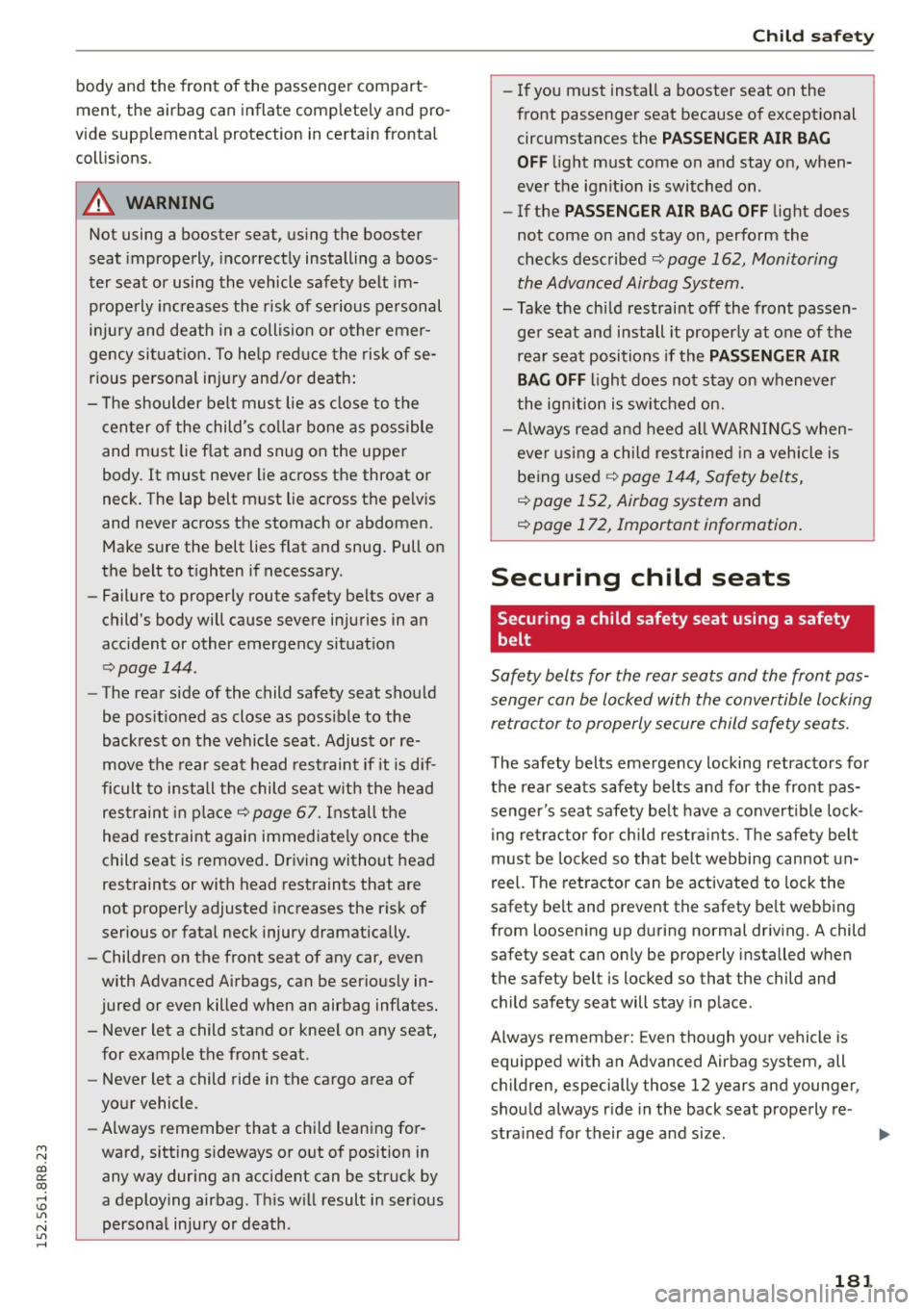
M N
co
a:
co
,...., \!) ..,.,
N ..,., ,....,
body and the front of the passenger compart
ment, the airbag can inflate comp letely and pro
vide supp lemental protection in certain frontal
coll is ions .
& WARNING
Not using a booster seat, us ing the booster
seat imprope rly, incorrect ly installing a boos
ter seat or using the vehicle safety belt im prope rly increases the r isk of se rious personal
injury and death in a collision or other emer
gency sit uat ion. To he lp reduce the risk of se
r ious personal inju ry and/or death:
- T he shoulder be lt mus t lie as close to the
c en ter o f the child's co llar bone as possible
and must lie f lat and snug on the uppe r
body.
It must never lie across the throat o r
neck . The lap belt m ust lie across the pelv is
and never across the stomach or abdomen.
Make sure the belt lies flat and snug. Pull on
the belt to t ighten if necessary.
- Failure to properly route safety belts over a
child's body will cause severe in juries in an
acc ident or other emergency situat ion
~ page 144.
-The rea r side of the child safety seat shou ld
be pos it ioned as close as poss ible to the
backrest on the vehicle seat . Adjust or re
move the rear seat head rest raint if it is d if
ficult to install the child seat w ith the he ad
res traint in p lace
~ page 67. Inst all the
head restraint again immed iate ly once the
child seat is removed . Dr iv ing without head
restraints or with head rest raints that are
not prope rly adjusted inc reases the r isk o f
serious or fatal neck injury dramatically.
- Children on the front seat of any car, even
with Advanced Airbags, can be ser ious ly in
jured or even killed when an airbag inflates.
- Never let a child stand or knee l on any seat,
for example the front seat.
- Never let a child ride in the cargo area of
yo ur vehicle.
- Always remember that a chi ld lean ing fo r
ward, sitting s ideways or o ut o f pos ition in
any way dur ing an accident can be struck by
a deploying airbag. Th is w ill result in ser ious
persona l inju ry or death .
Child sa fety
- If you must install a booster seat on the
front passenge r seat because o f exceptional
circumstances the
PASSENGER AIR BAG
OFF
li ght must come on and stay on, when
eve r the ignit ion is switched o n.
- If the
PASSENGER AIR BAG OFF light does
not come on and stay on, perform the
checks desc ribed
~ page 162, Monitoring
th e Advanc ed Airbag System.
- Take t he chi ld restraint off the fron t passen
ge r seat and install it properly at one of the
rea r seat posi tions if the
PASSENGER AIR
BAG OFF
ligh t does n ot stay on whenever
the igni tion is switched on.
- Always read and heed al l WARN IN GS when
eve r using a child res tra ine d in a vehicle is
be ing used ¢
page 1 44, Safety belts,
¢ page 152, Airbag system and
¢ page 172, Important information .
Securing child seats
Securing a child safety seat using a safety
belt
Safety belts for the rear seats and the front pas
senger can be lock ed with th e conv ertible locking
retrac tor to properly secure child safety seats.
The safety belts emergency locking retracto rs fo r
the rea r seats safety belts an d for the front pas
senger 's seat safety be lt have a convert ible lo ck
i ng re tr acto r fo r child restr aints. The safety be lt
must be loc ked so that belt webbing cannot un
reel. The ret ractor can be activated to lock the
safety belt and prevent the safety be lt webb ing
from loosen ing up d uring normal driv ing. A child
safety seat can on ly be properly installed when
the safety belt is locked so that the child and c h ild safety seat will stay in p lace .
Always remember: Even tho ugh your vehicle is
equipped with an Advanced Airbag system, all
c hi ldren, especially those 12 years and younge r,
shou ld always r ide in the back seat prope rly re
stra ined for their age and size.
181
Page 184 of 302
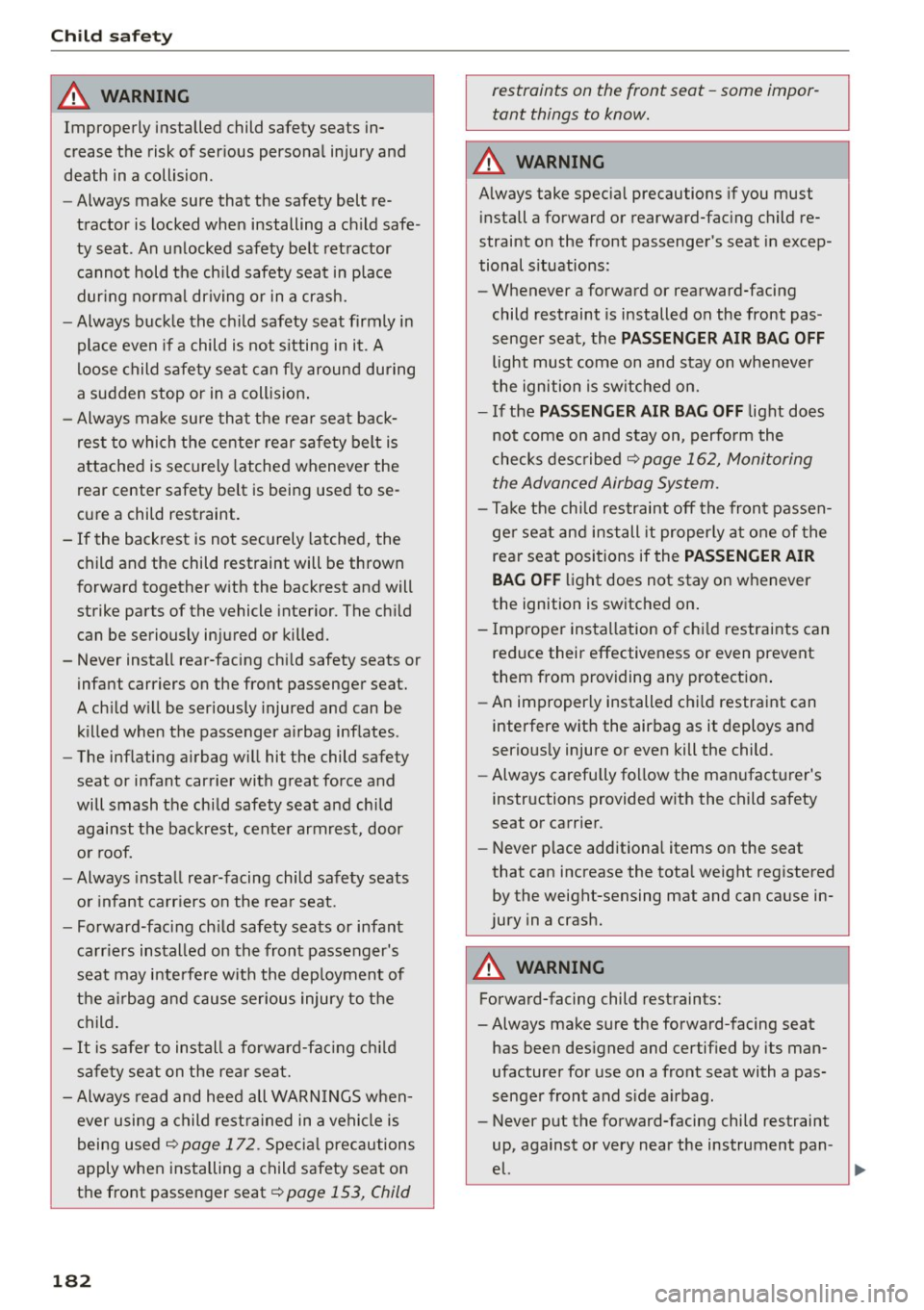
Child safety
A WARNING
Improperly installed child safety seats in
crease the risk of serious personal injury and
death in a collision.
- Always make sure that the safety belt re
tractor is locked when installing a child safe
ty seat . An unlocked safety belt retractor
cannot hold the child safety seat in place
during normal driving or in a crash.
- Always buckle the child safety seat firmly in
place even if a child is not sitting in it. A
loose child safety seat can fly around during
a sudden stop or in a collision.
- Always make sure that the rear seat back
rest to which the center rear safety belt is
attached is securely latched whenever the
rear center safety belt is being used to se
cure a child restraint.
- If the backrest is not securely latched, the
child and the child restraint will be thrown
forward together with the backrest and will
strike parts of the vehicle interior. The child
can be seriously injured or killed.
- Never install rear-facing child safety seats or
infant carriers on the front passenger seat.
A child will be seriously injured and can be
killed when the passenger airbag inflates .
- The inflating airbag will hit the child safety
seat or infant carrier with great force and
will smash the child safety seat and child
against the backrest, center armrest, door
or roof.
-Always install rear-facing child safety seats
or infant carriers on the rear seat.
- Forward-facing child safety seats or infant
carriers installed on the front passenger's
seat may interfere with the deployment of
the airbag and cause serious injury to the
child.
- It is safer to install a forward-facing child
safety seat on the rear seat.
- Always read and heed all WARNINGS when
ever using a child restrained in a vehicle is
being used
~page 172. Special precautions
apply when installing a child safety seat on
the front passenger seat~
page 153, Child
182
restraints on the front seat -some impor
tant things to know.
A WARNING
Always take special precautions if you must
install a forward or rearward-facing child re
straint on the front passenger's seat in excep
tional situations:
- Whenever a forward or rearward-facing
child restraint is installed on the front pas
senger seat, the
PASSENGER AIR BAG OFF
light must come on and stay on whenever
the ignition is switched on.
- If the PASSENGER AIR BAG OFF light does
not come on and stay on, perform the
checks described
~ page 162, Monitoring
the Advanced Airbag System.
-Take the child restraint off the front passen
ger seat and install it properly at one of the
rear seat positions if the
PASSENGER AIR
BAG OFF
light does not stay on whenever
the ignition is switched on.
- Improper installation of child restraints can
reduce their effectiveness or even prevent
them from providing any protection.
- An improperly installed child restraint can
interfere with the airbag as it deploys and
seriously injure or even kill the child .
- Always carefully follow the manufacturer's
instructions provided with the child safety
seat or carrier.
- Never place additional items on the seat
that can increase the total weight registered
by the weight-sensing mat and can cause in
jury in a crash.
A WARNING
Forward-facing child restraints:
-Always make sure the forward-facing seat
has been designed and certified by its man
ufacturer for use on a front seat with a pas
senger front and side airbag.
- Never put the forward-facing child restraint
up, against or very near the instrument pan
el.
-
.__ ________________ __J ...
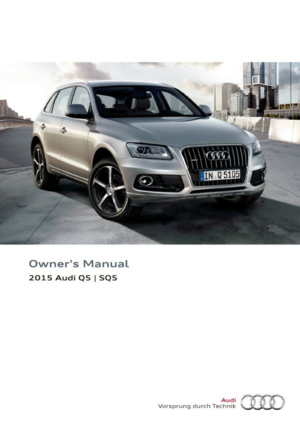 1
1 2
2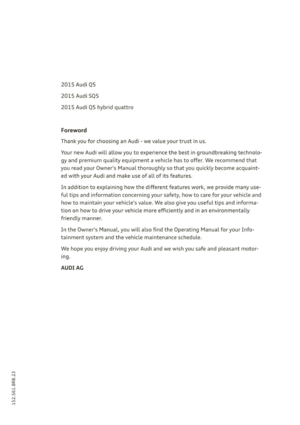 3
3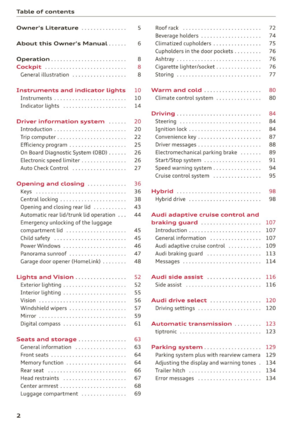 4
4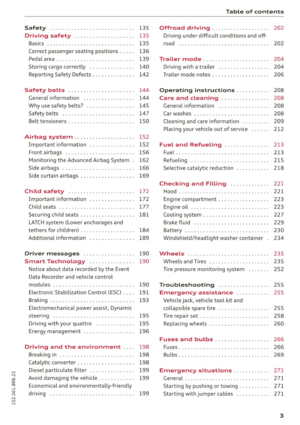 5
5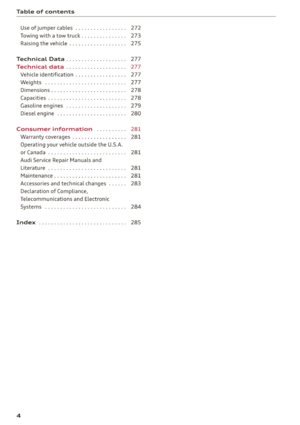 6
6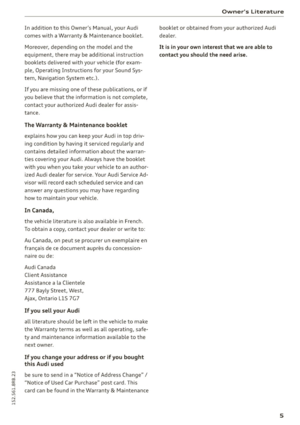 7
7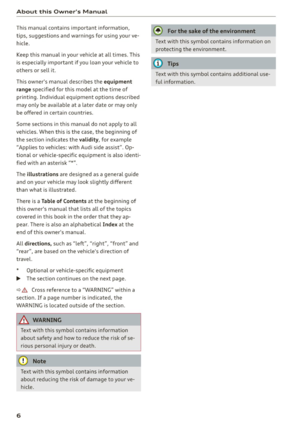 8
8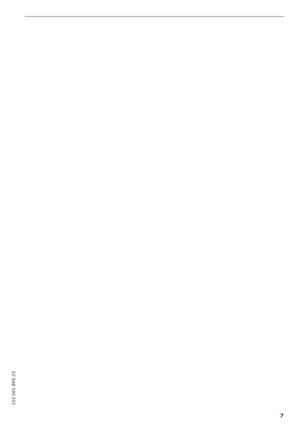 9
9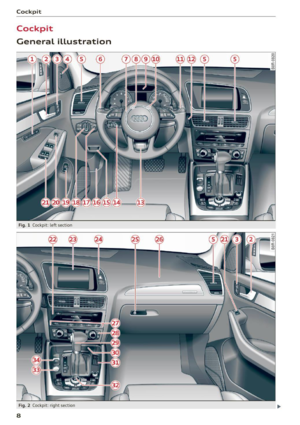 10
10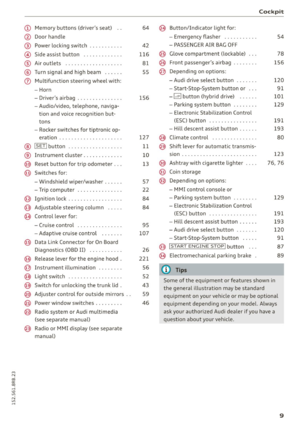 11
11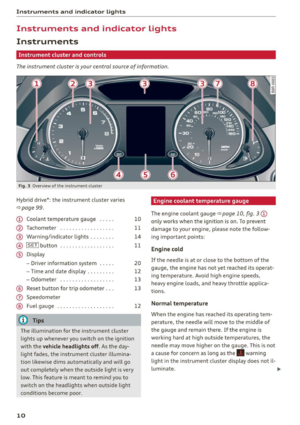 12
12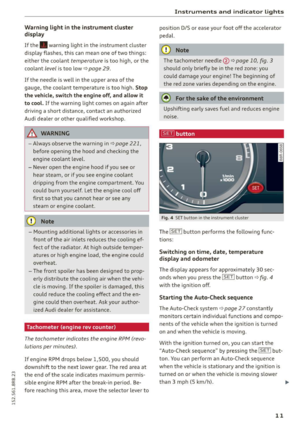 13
13 14
14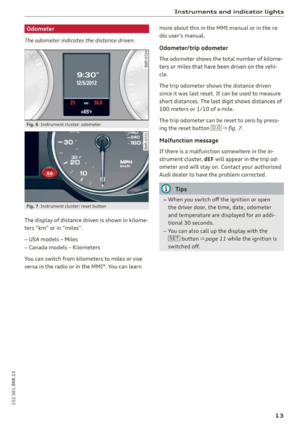 15
15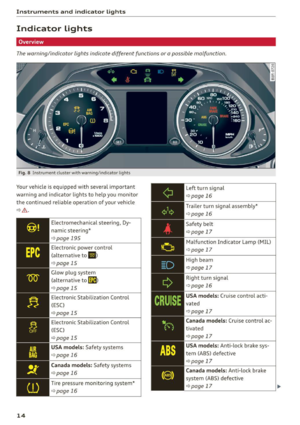 16
16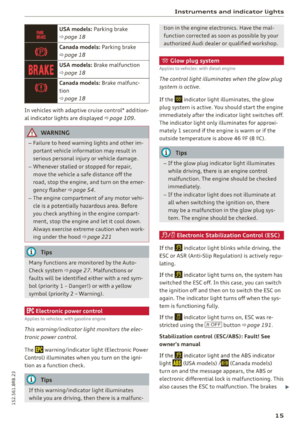 17
17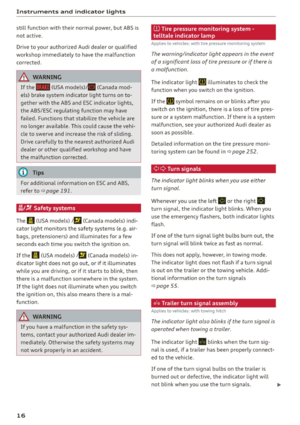 18
18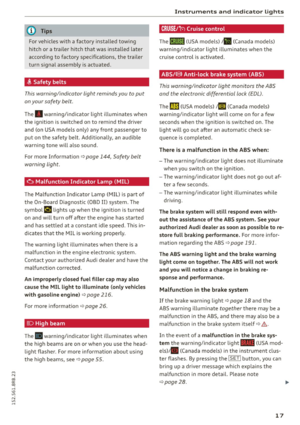 19
19 20
20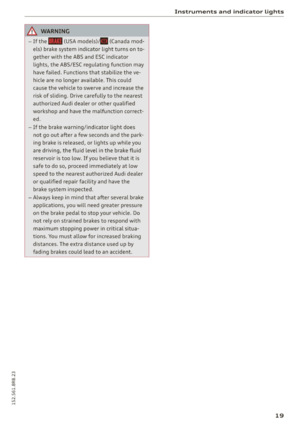 21
21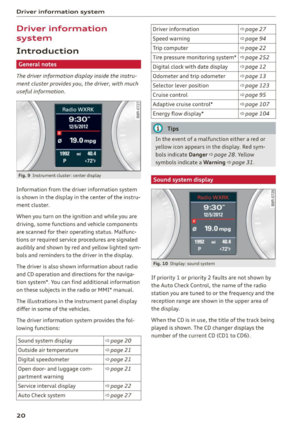 22
22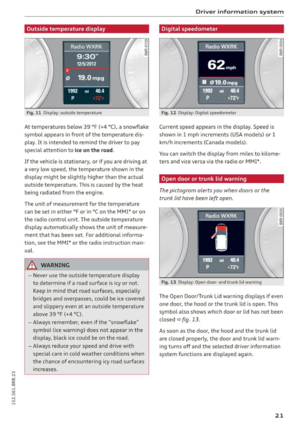 23
23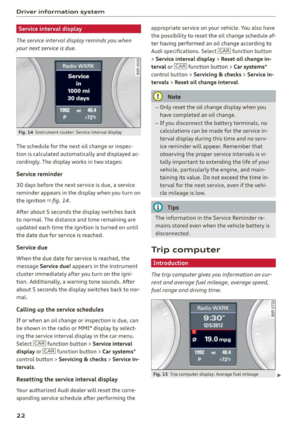 24
24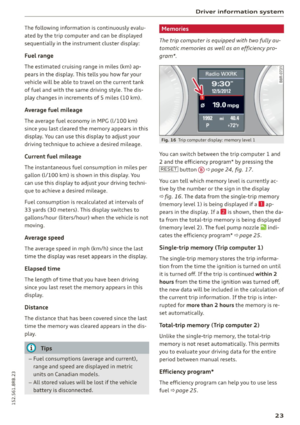 25
25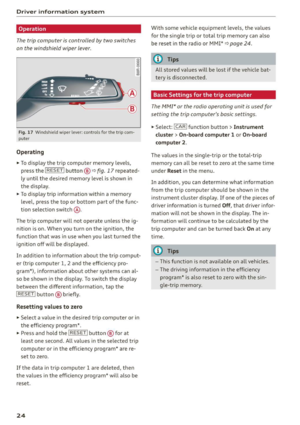 26
26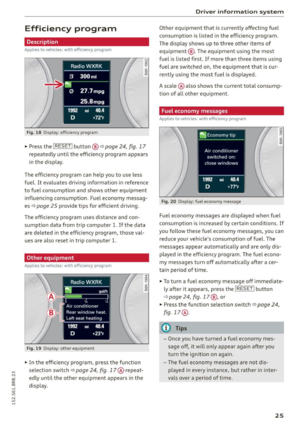 27
27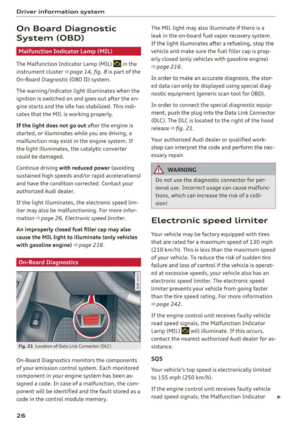 28
28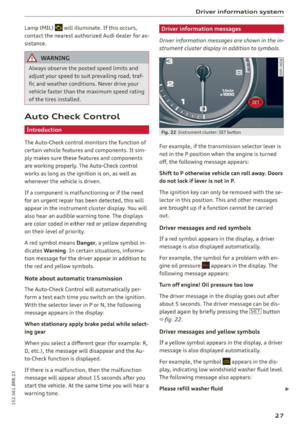 29
29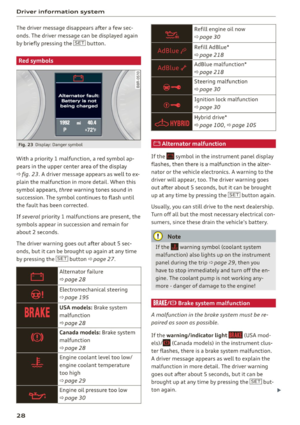 30
30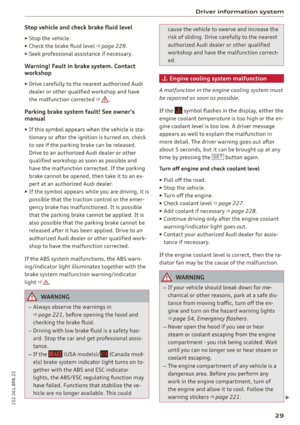 31
31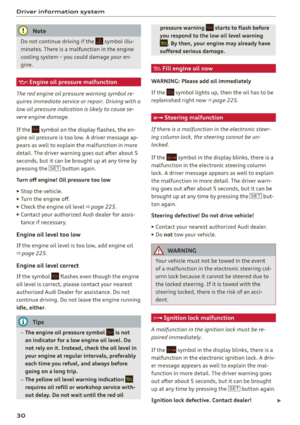 32
32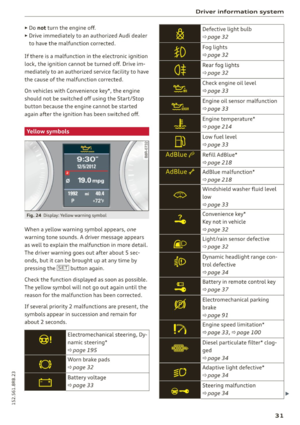 33
33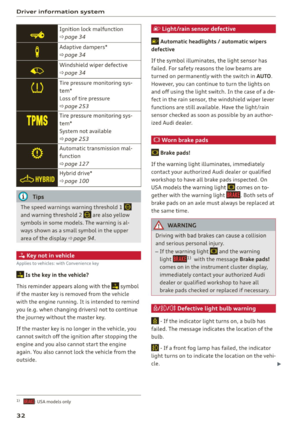 34
34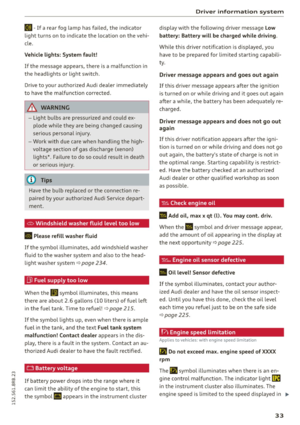 35
35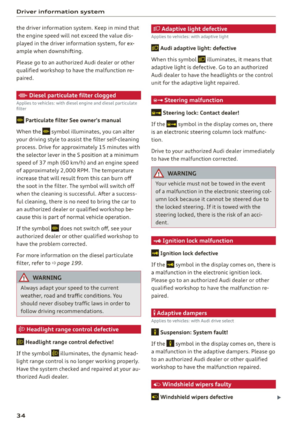 36
36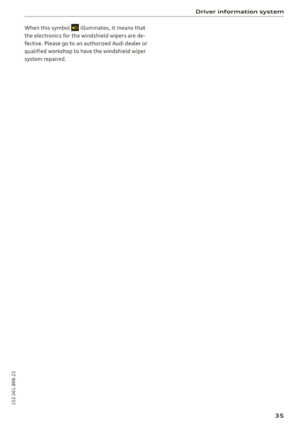 37
37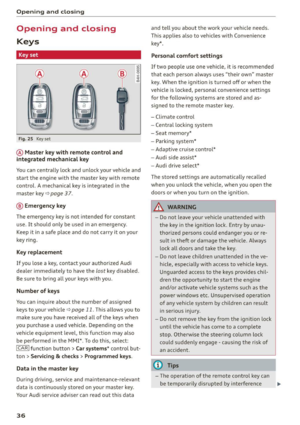 38
38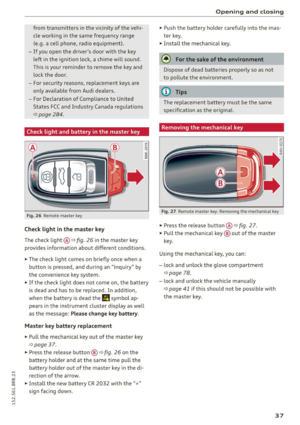 39
39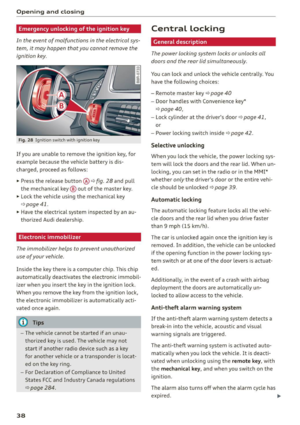 40
40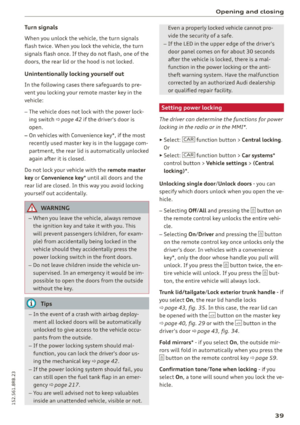 41
41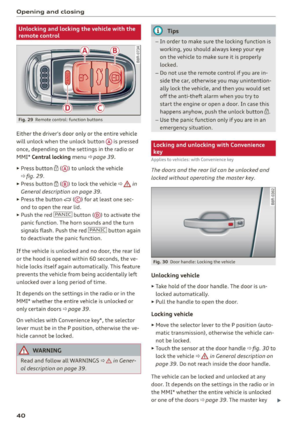 42
42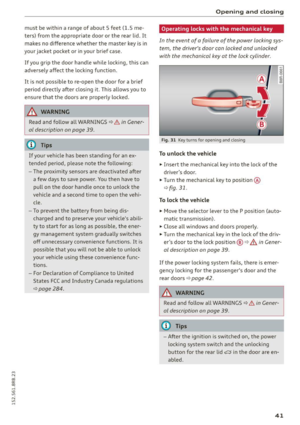 43
43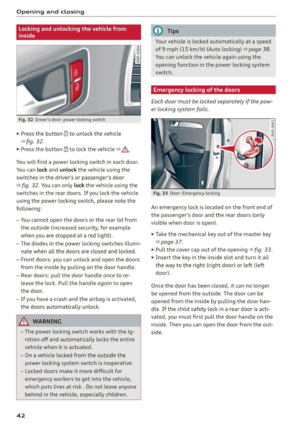 44
44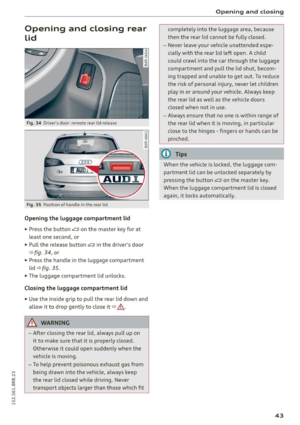 45
45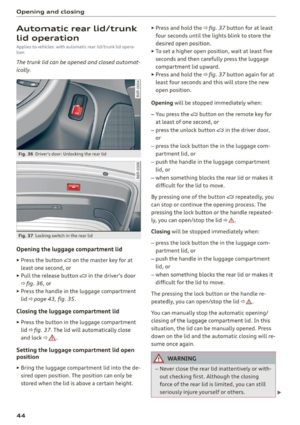 46
46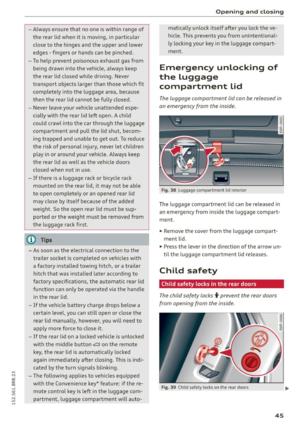 47
47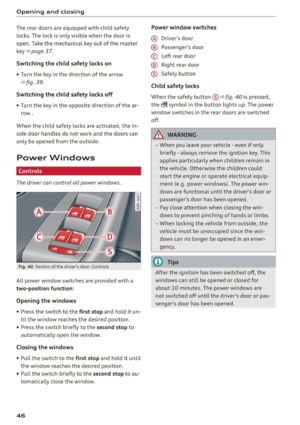 48
48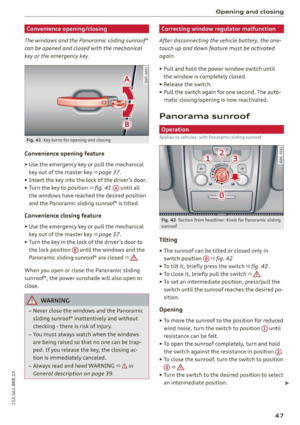 49
49 50
50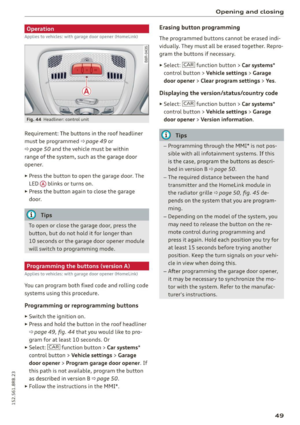 51
51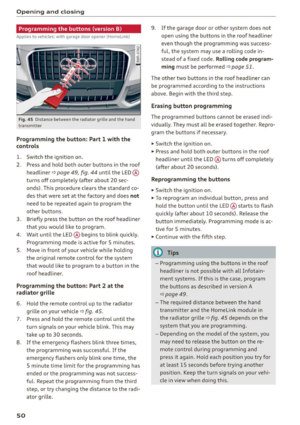 52
52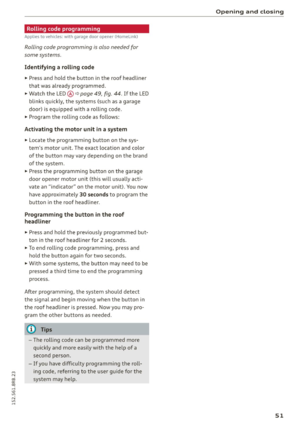 53
53 54
54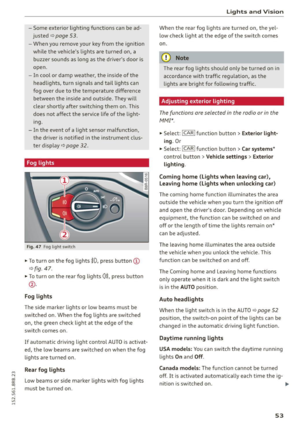 55
55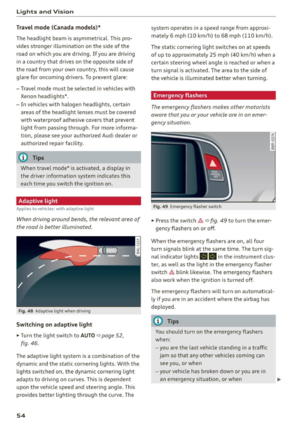 56
56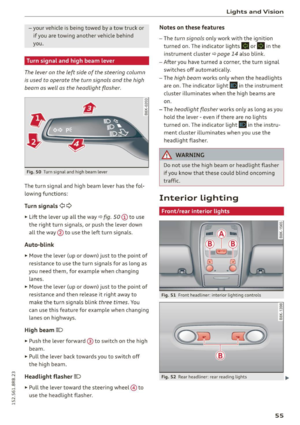 57
57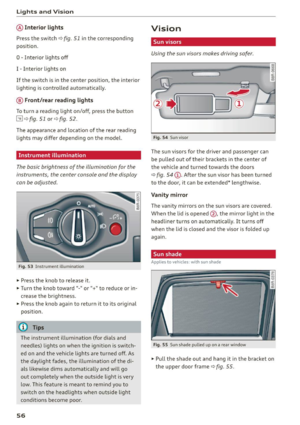 58
58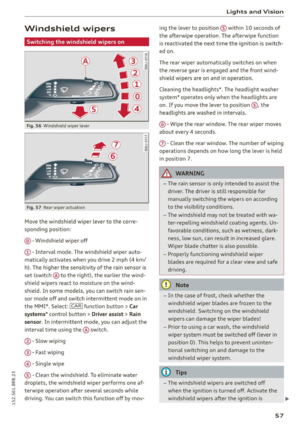 59
59 60
60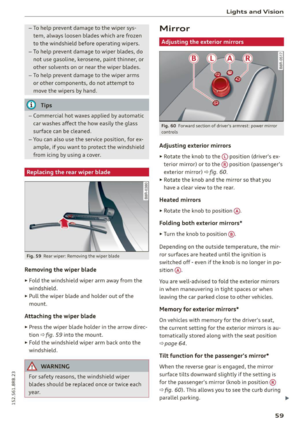 61
61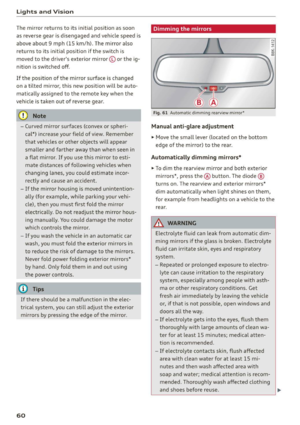 62
62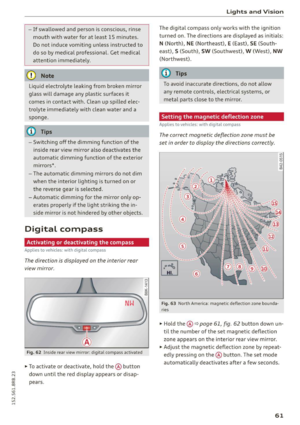 63
63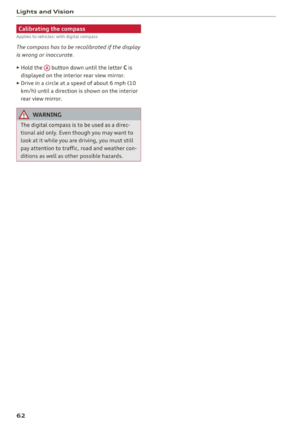 64
64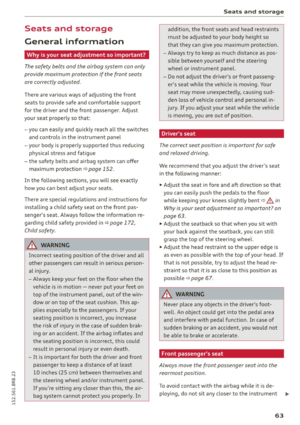 65
65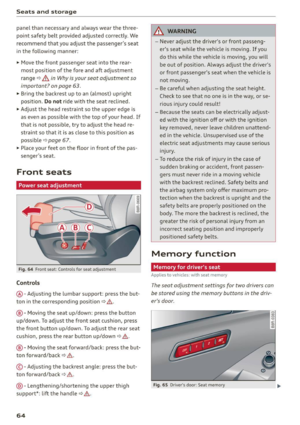 66
66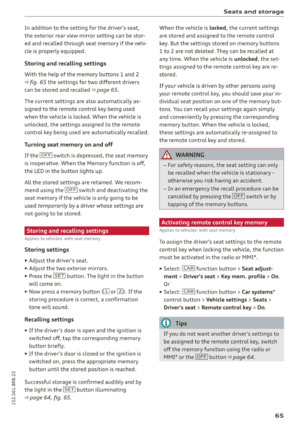 67
67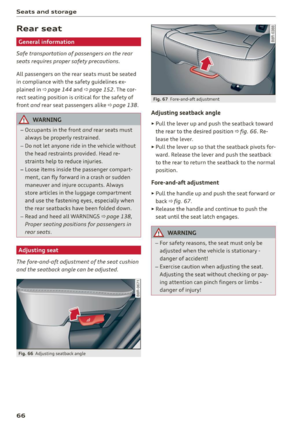 68
68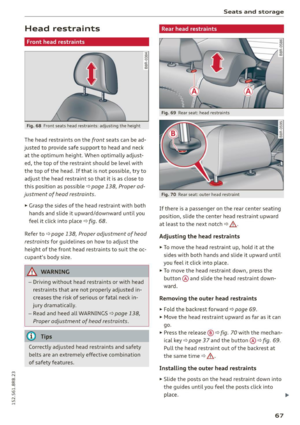 69
69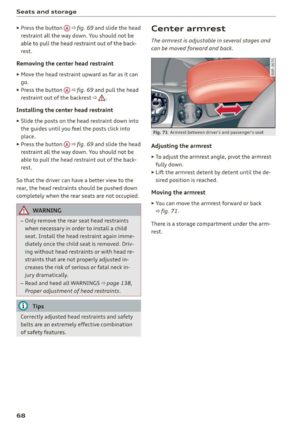 70
70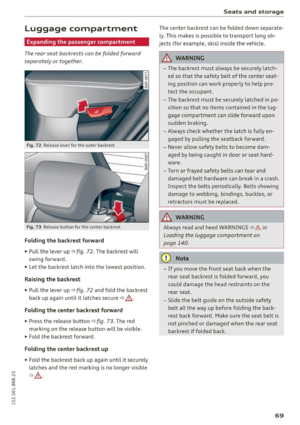 71
71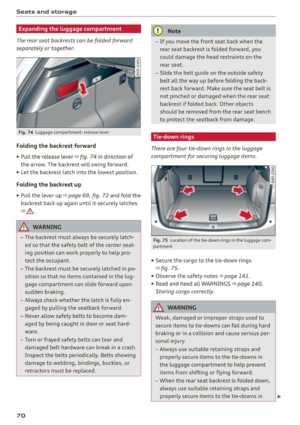 72
72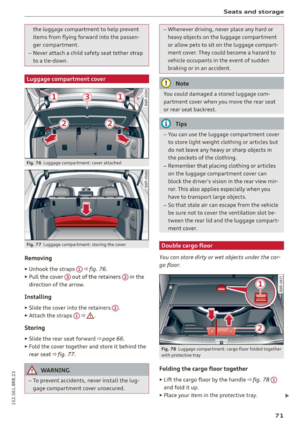 73
73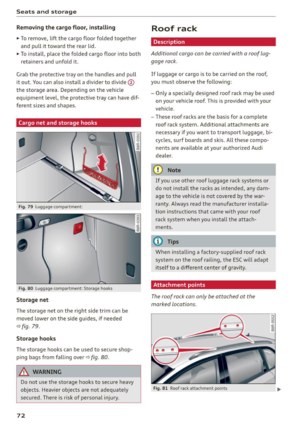 74
74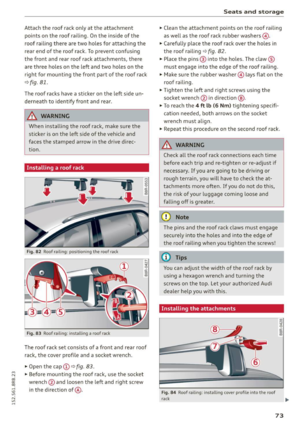 75
75 76
76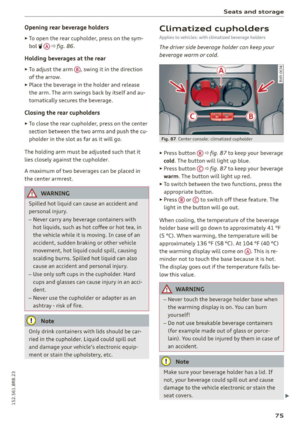 77
77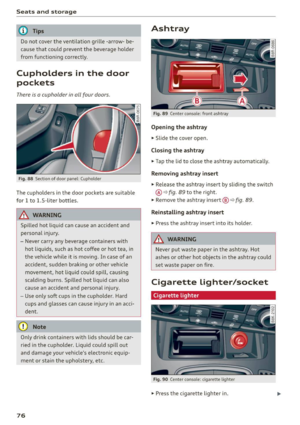 78
78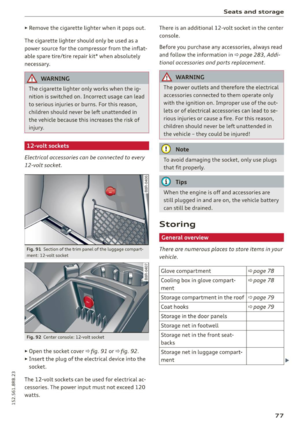 79
79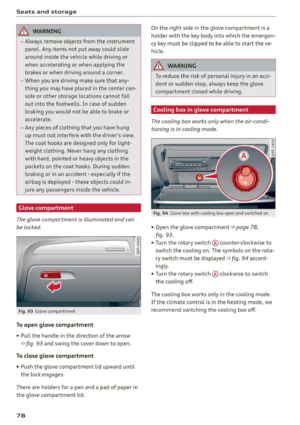 80
80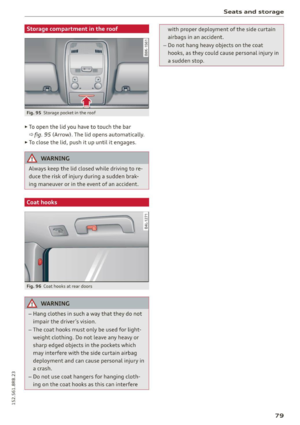 81
81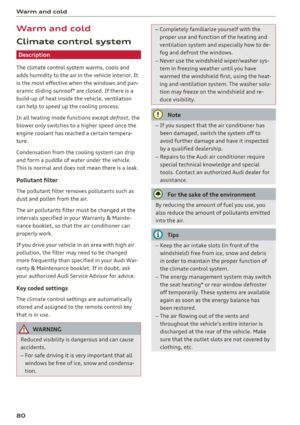 82
82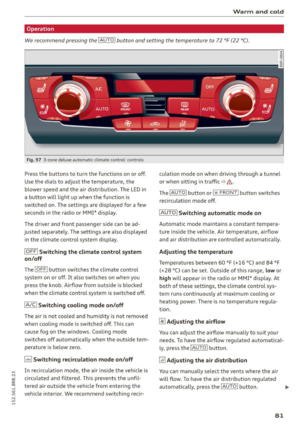 83
83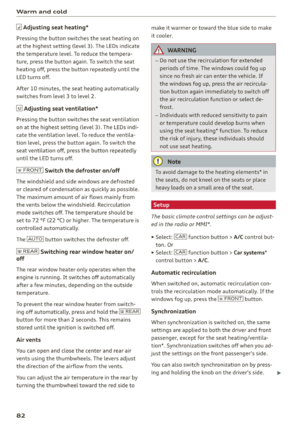 84
84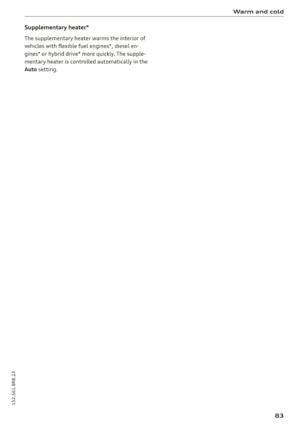 85
85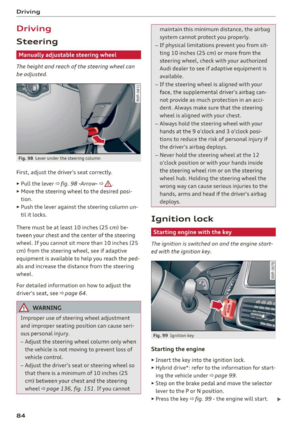 86
86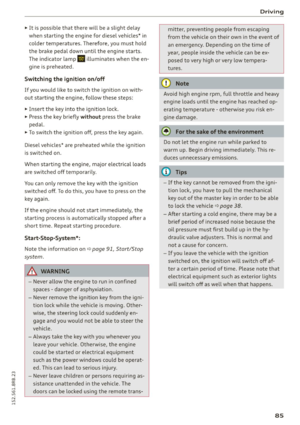 87
87 88
88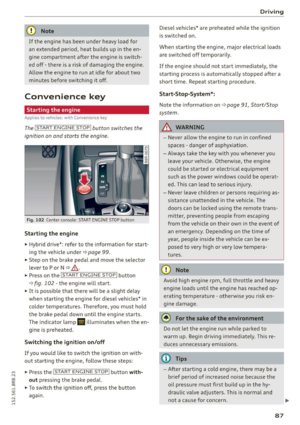 89
89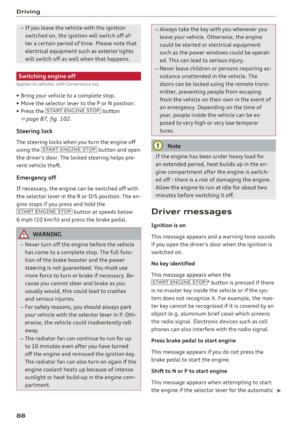 90
90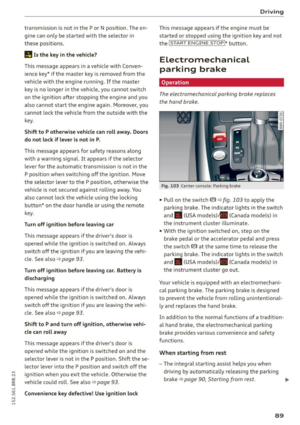 91
91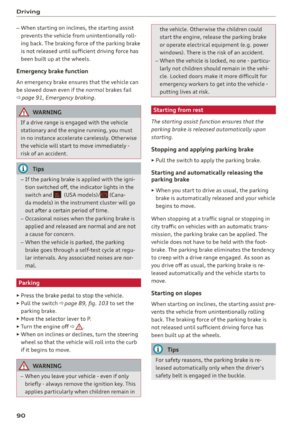 92
92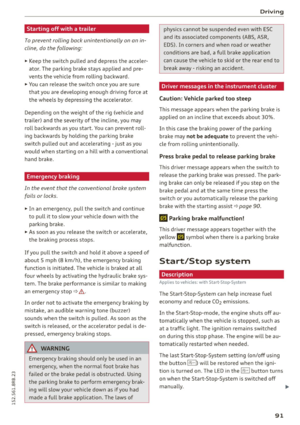 93
93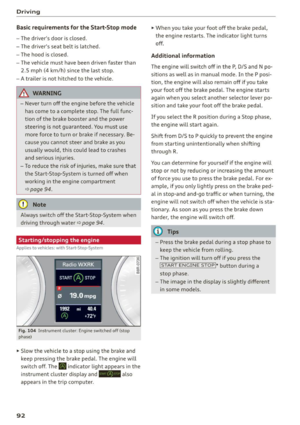 94
94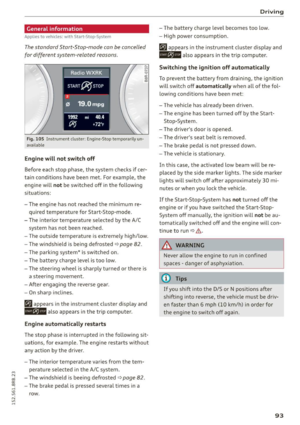 95
95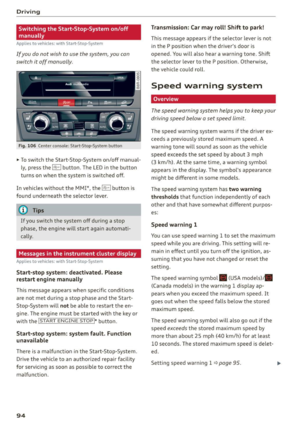 96
96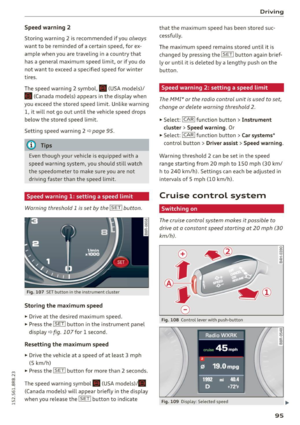 97
97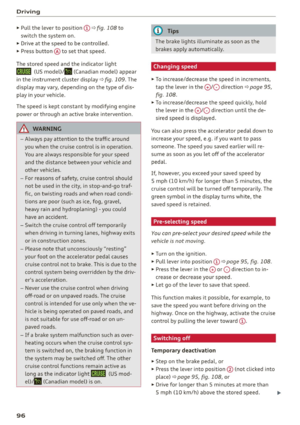 98
98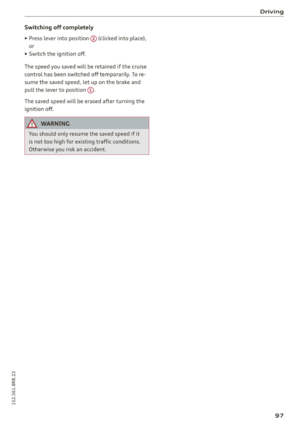 99
99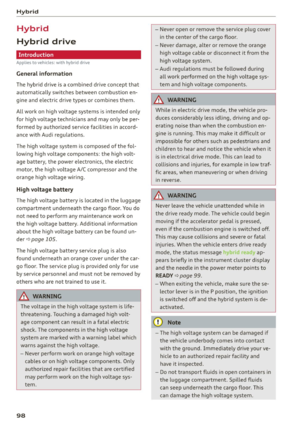 100
100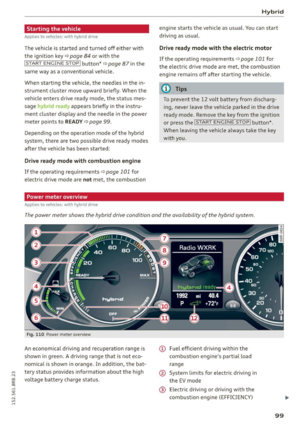 101
101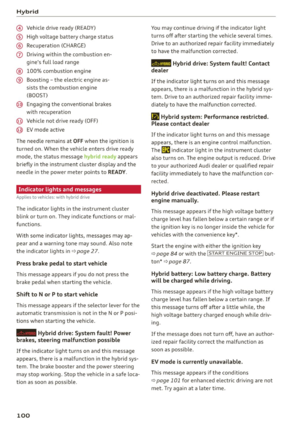 102
102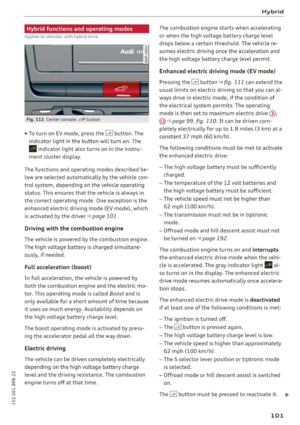 103
103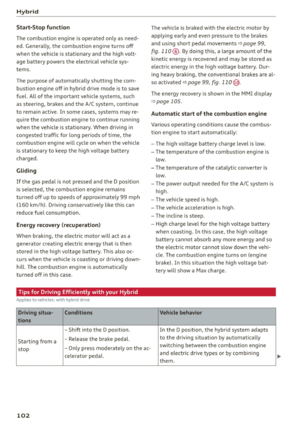 104
104 105
105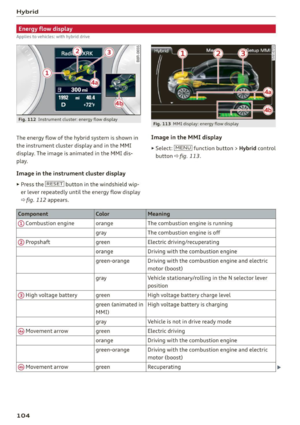 106
106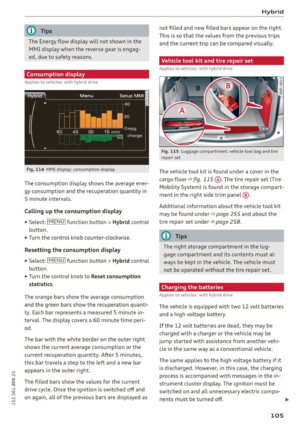 107
107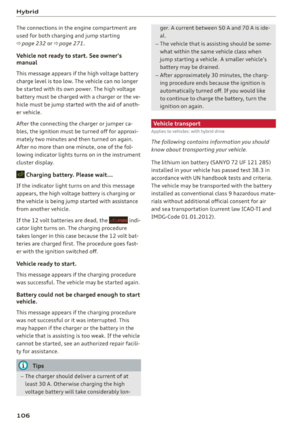 108
108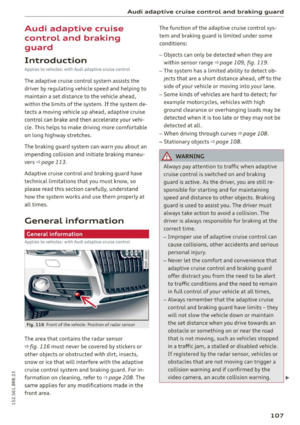 109
109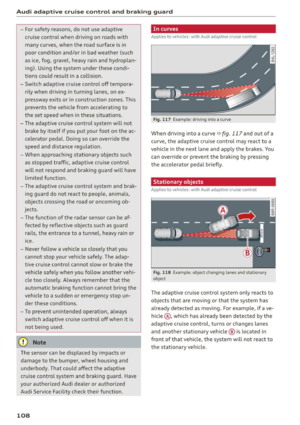 110
110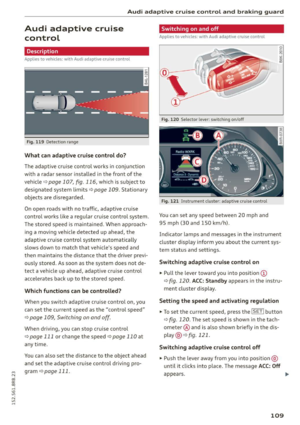 111
111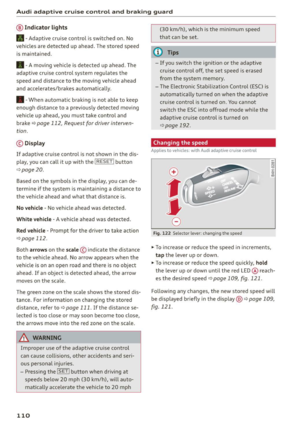 112
112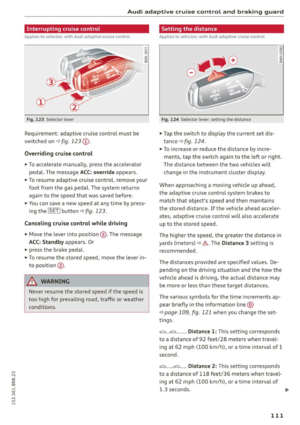 113
113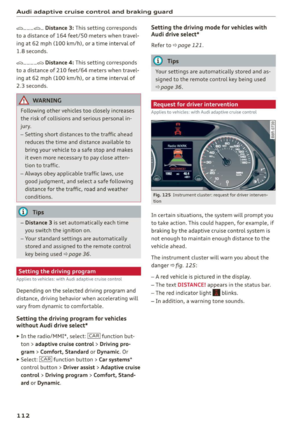 114
114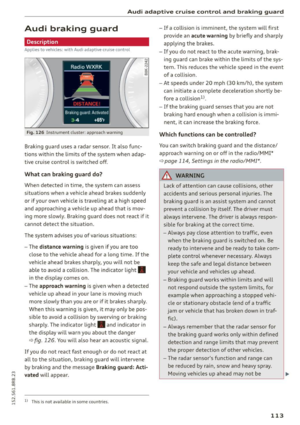 115
115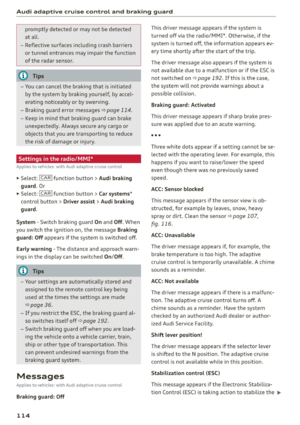 116
116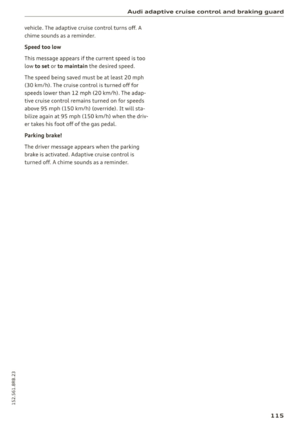 117
117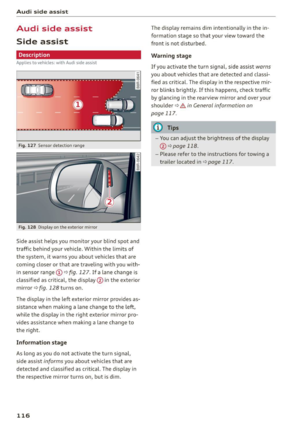 118
118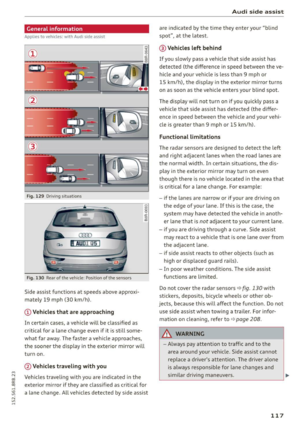 119
119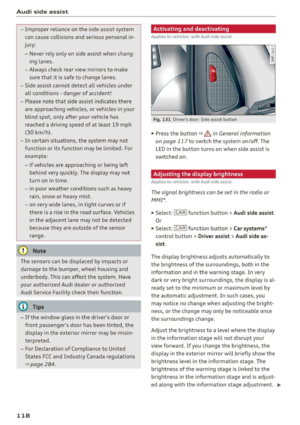 120
120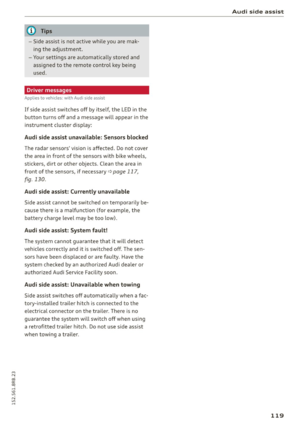 121
121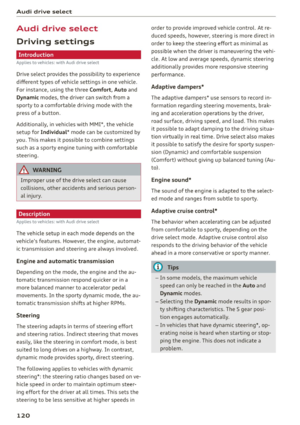 122
122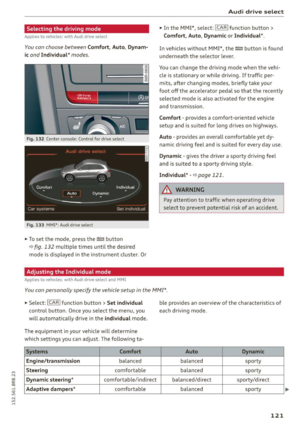 123
123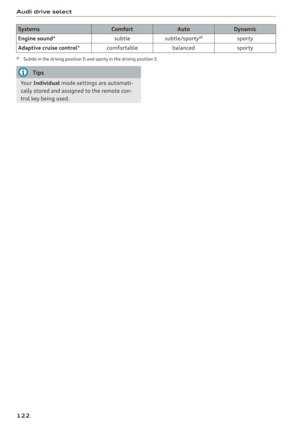 124
124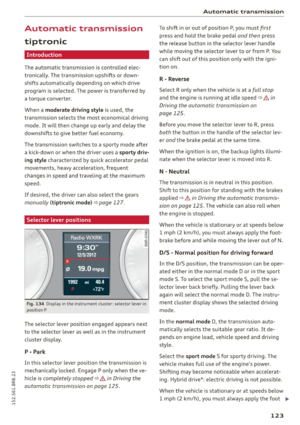 125
125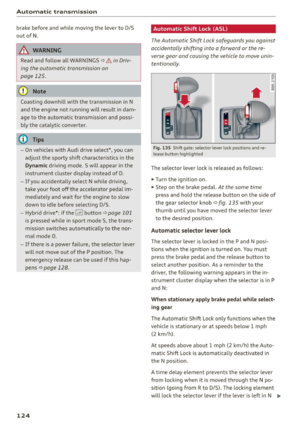 126
126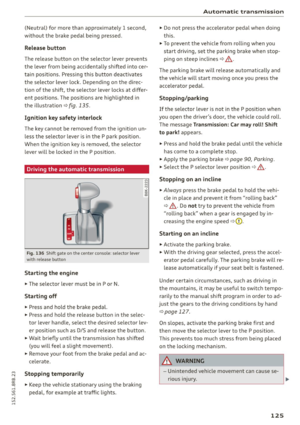 127
127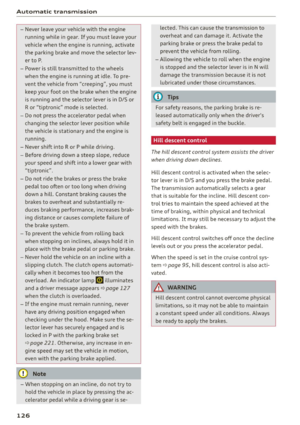 128
128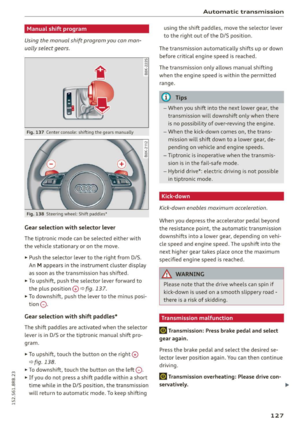 129
129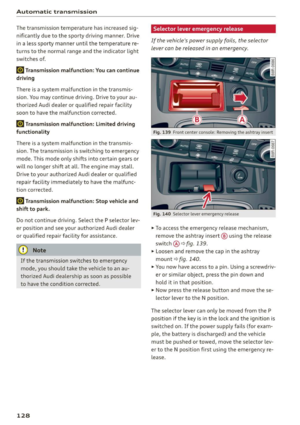 130
130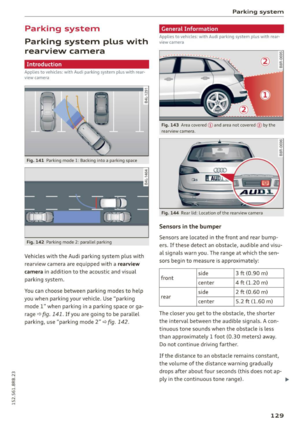 131
131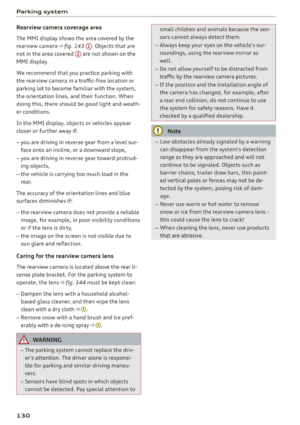 132
132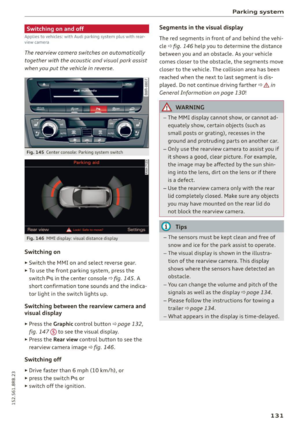 133
133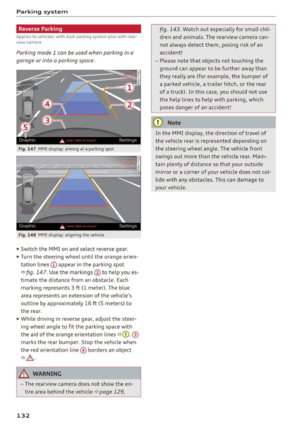 134
134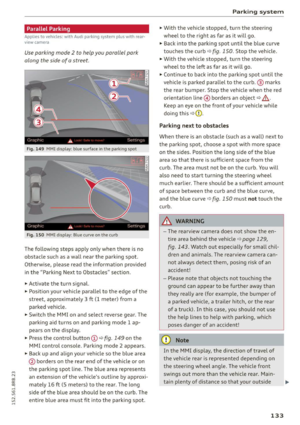 135
135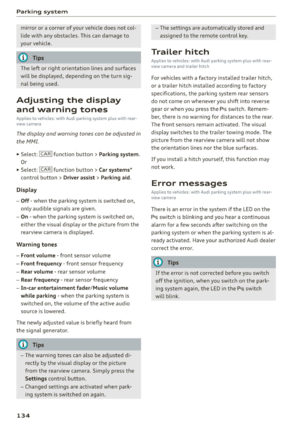 136
136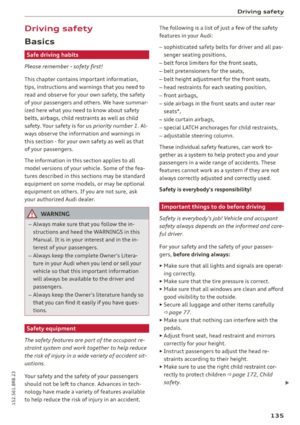 137
137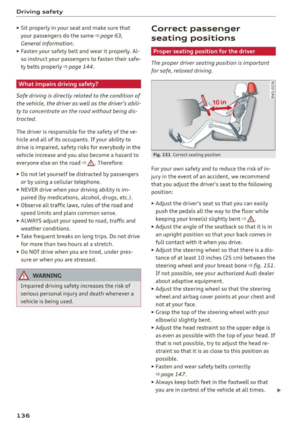 138
138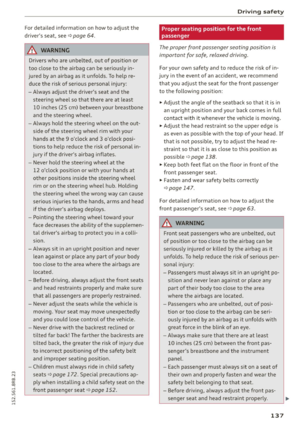 139
139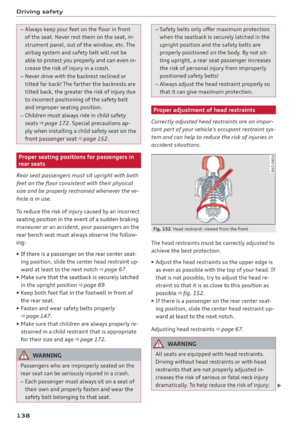 140
140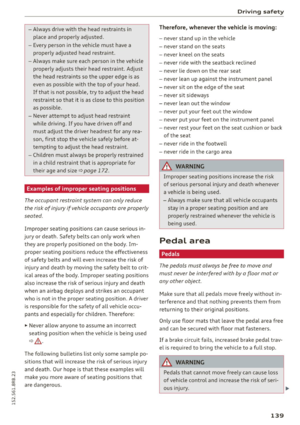 141
141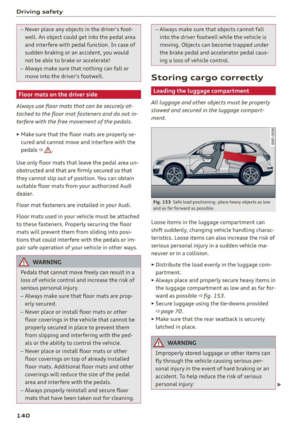 142
142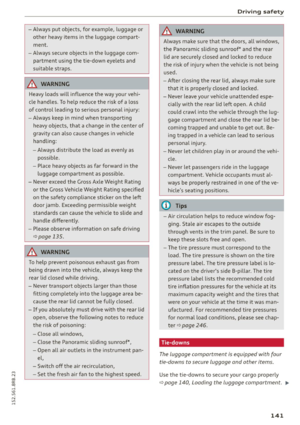 143
143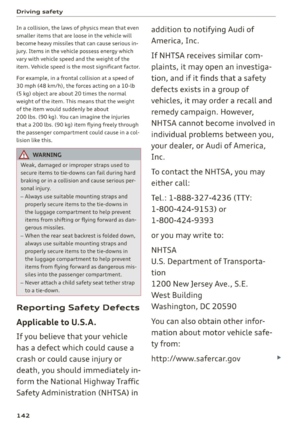 144
144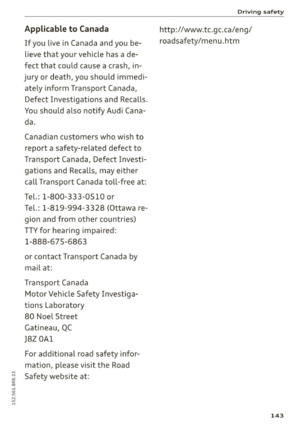 145
145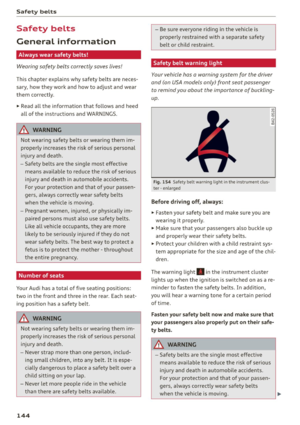 146
146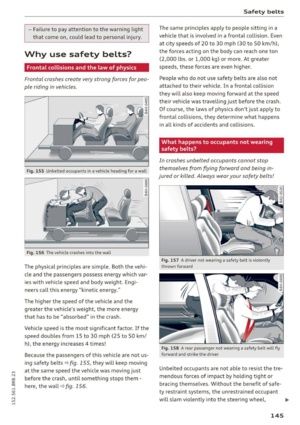 147
147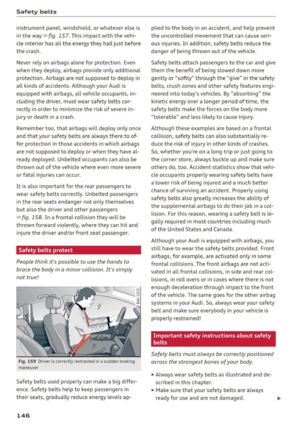 148
148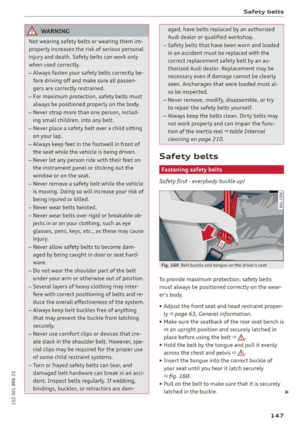 149
149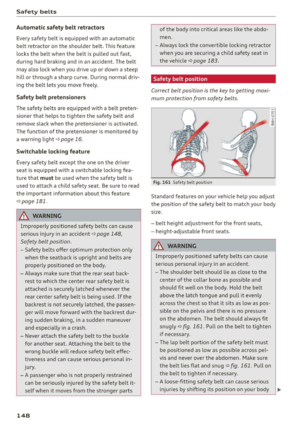 150
150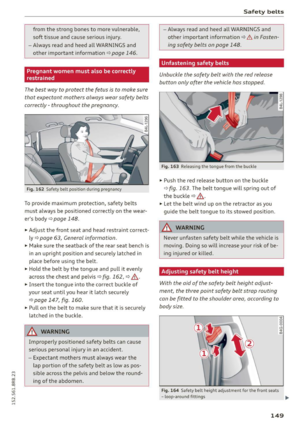 151
151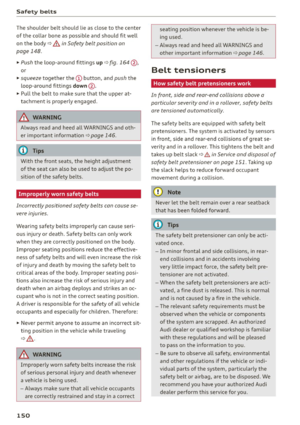 152
152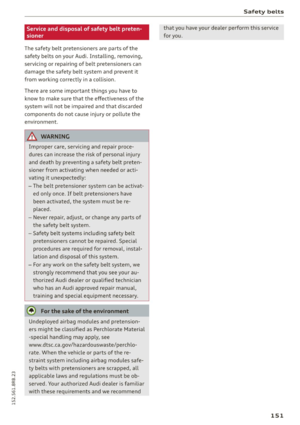 153
153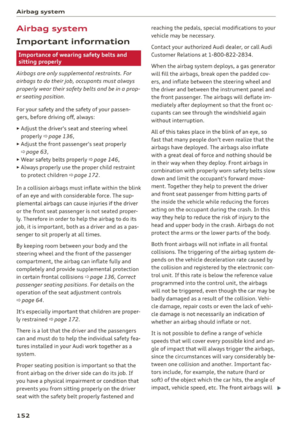 154
154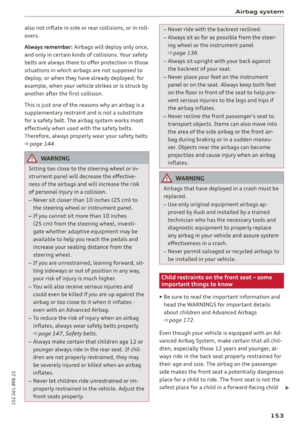 155
155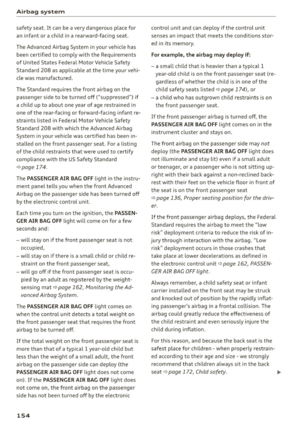 156
156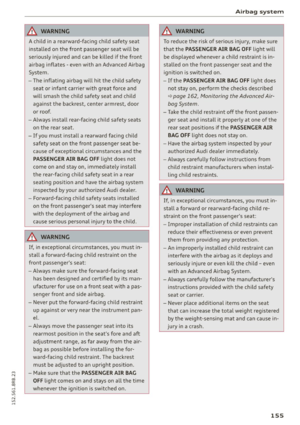 157
157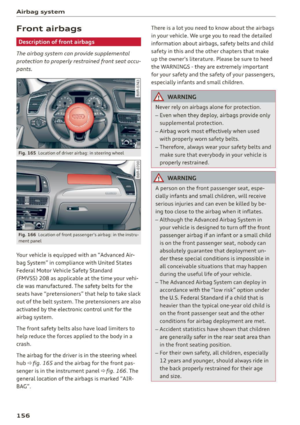 158
158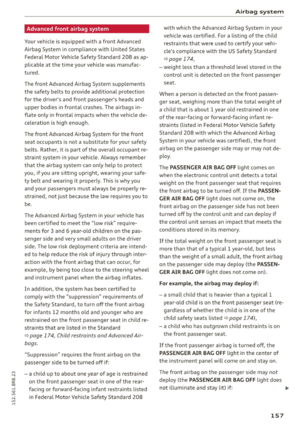 159
159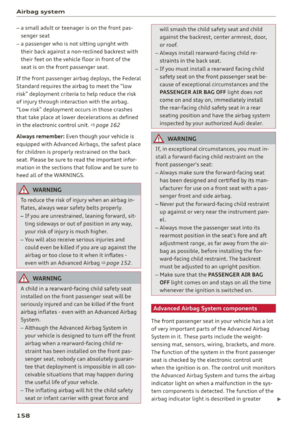 160
160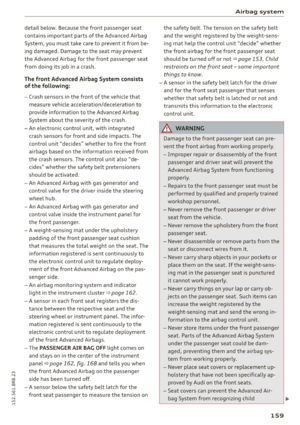 161
161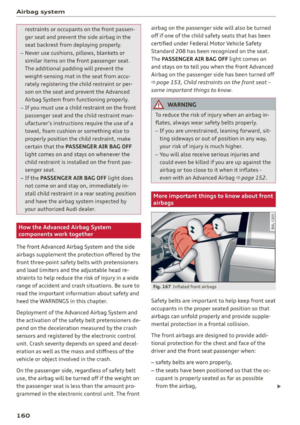 162
162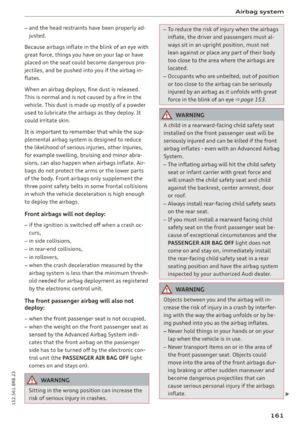 163
163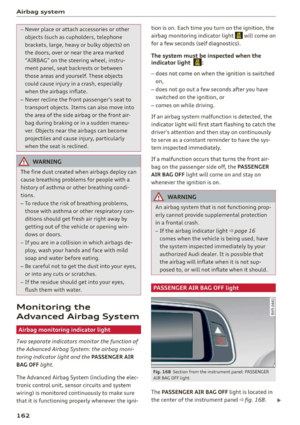 164
164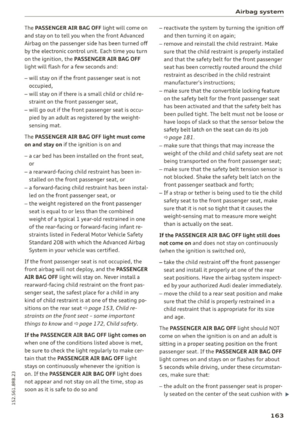 165
165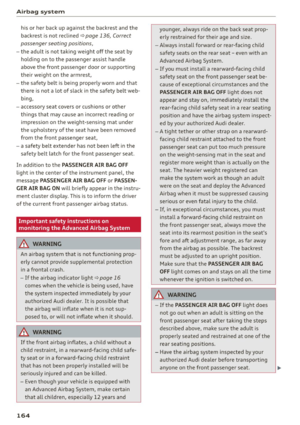 166
166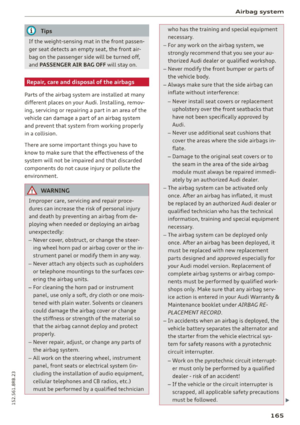 167
167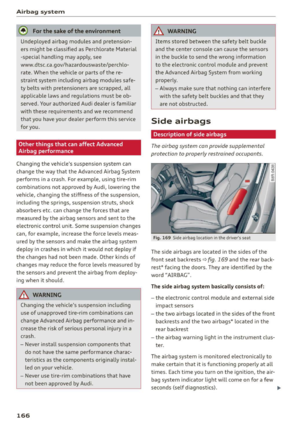 168
168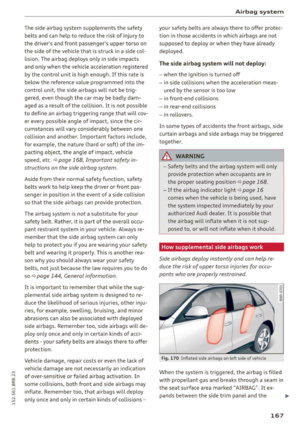 169
169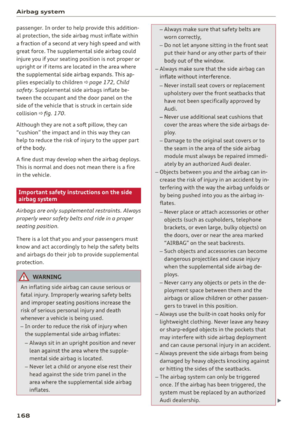 170
170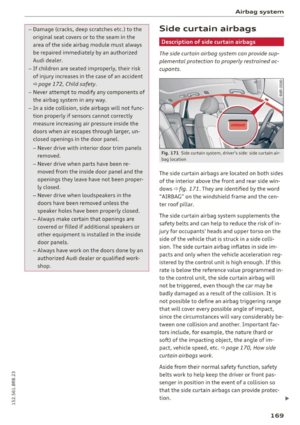 171
171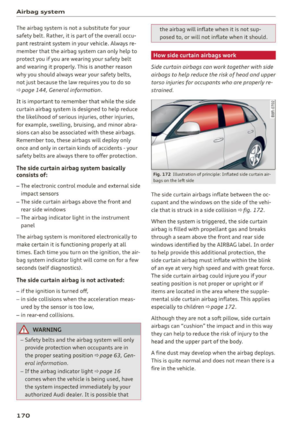 172
172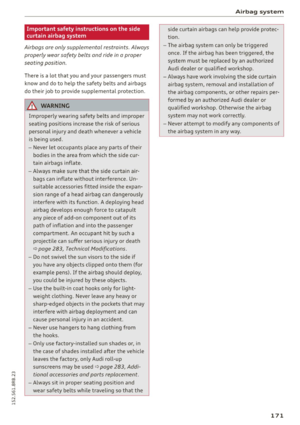 173
173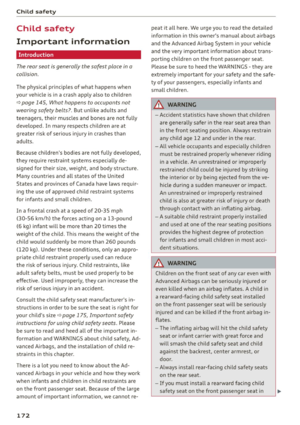 174
174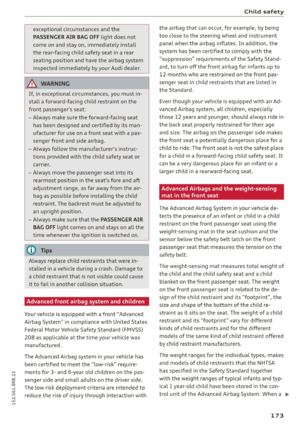 175
175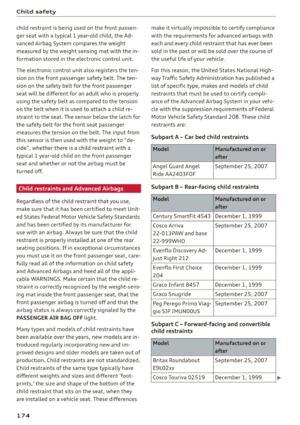 176
176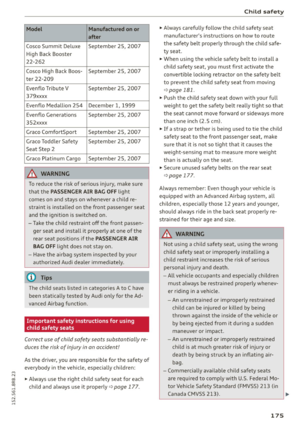 177
177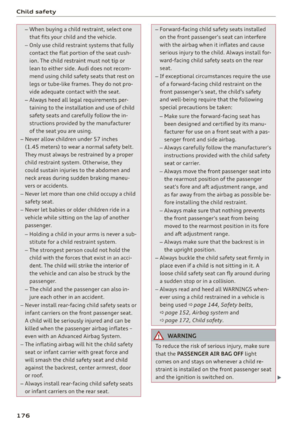 178
178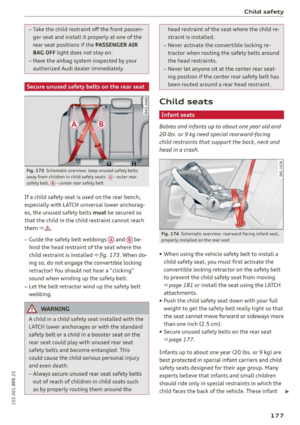 179
179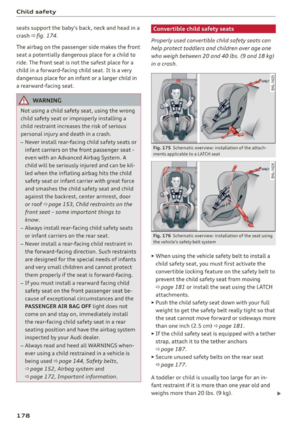 180
180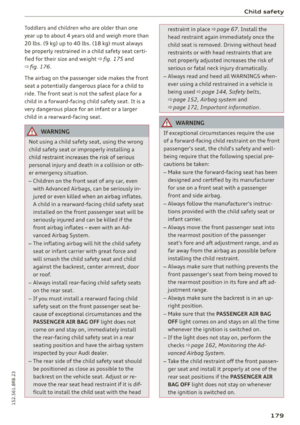 181
181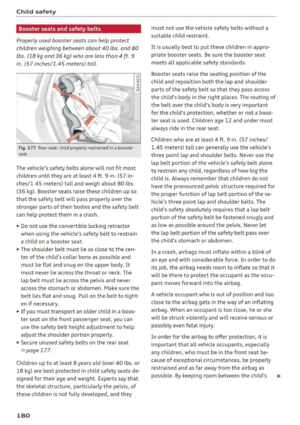 182
182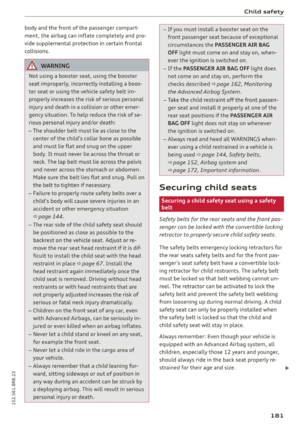 183
183 184
184 185
185 186
186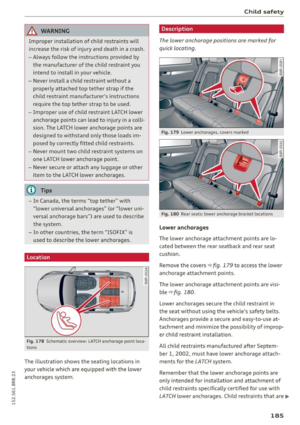 187
187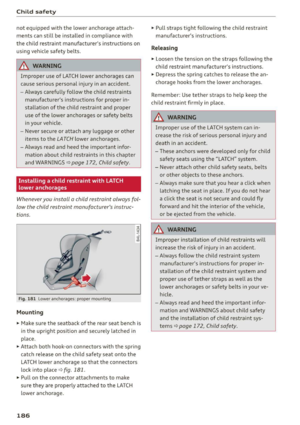 188
188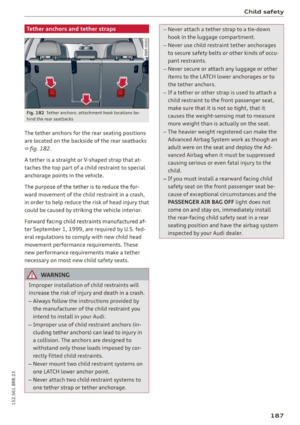 189
189 190
190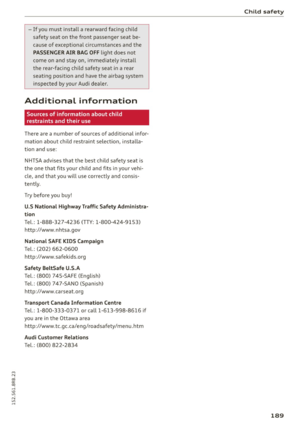 191
191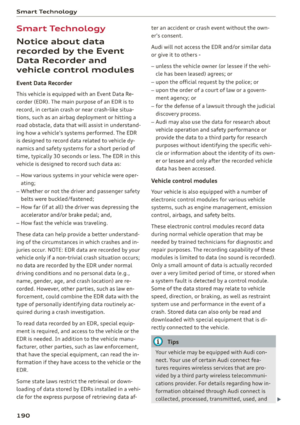 192
192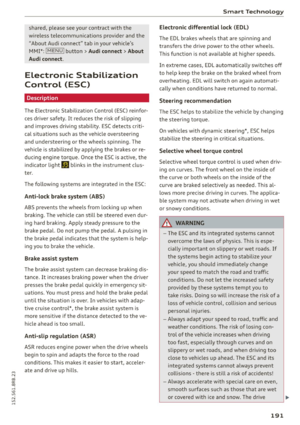 193
193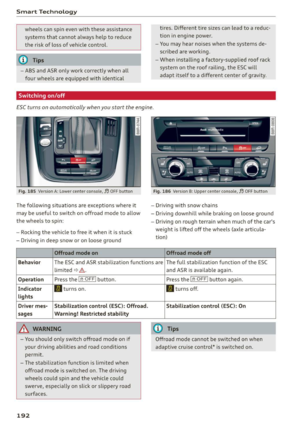 194
194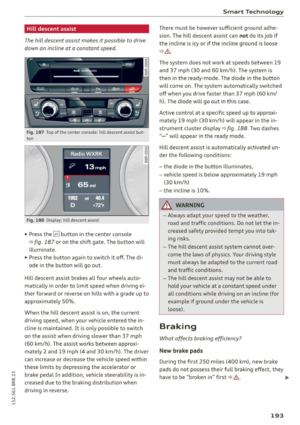 195
195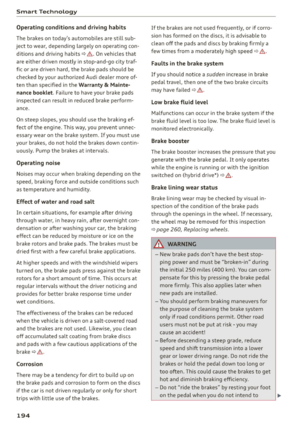 196
196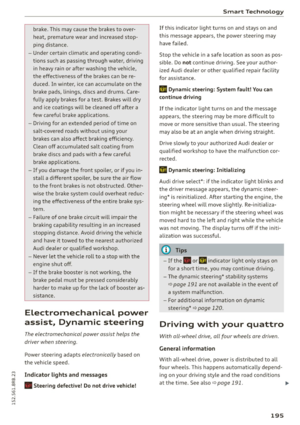 197
197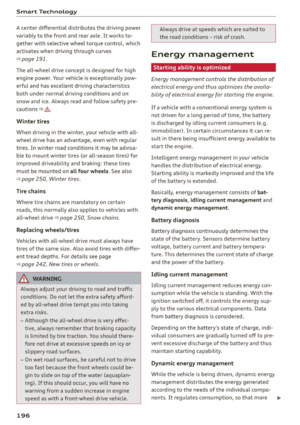 198
198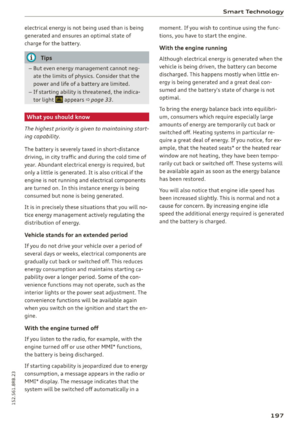 199
199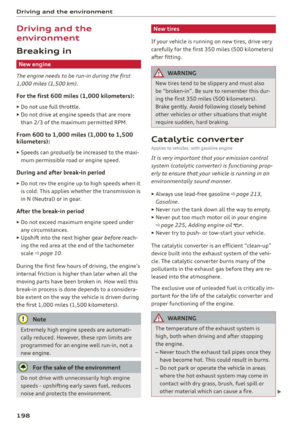 200
200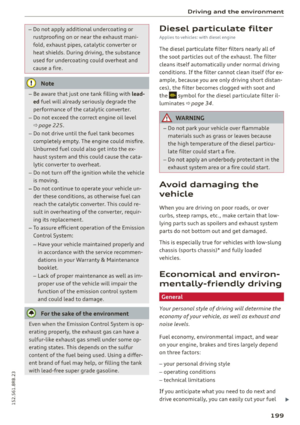 201
201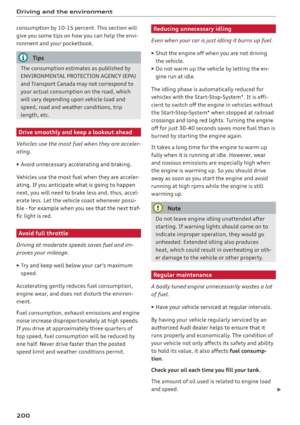 202
202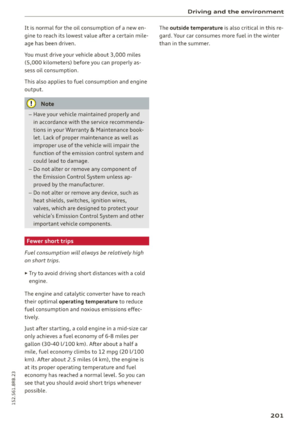 203
203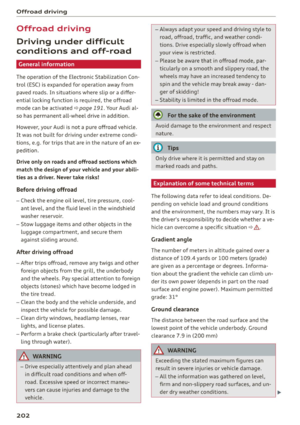 204
204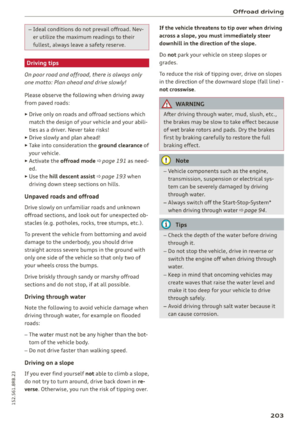 205
205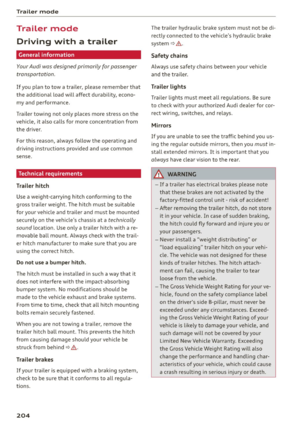 206
206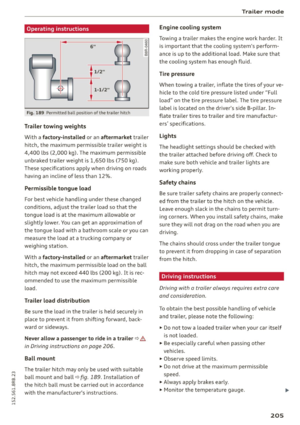 207
207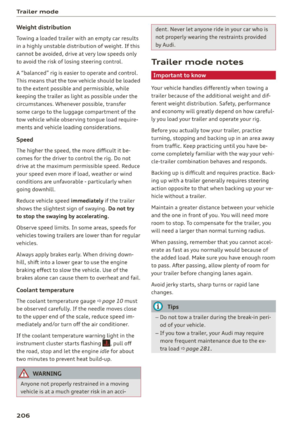 208
208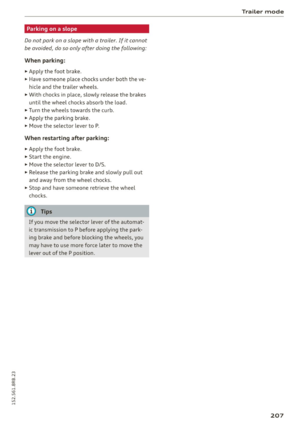 209
209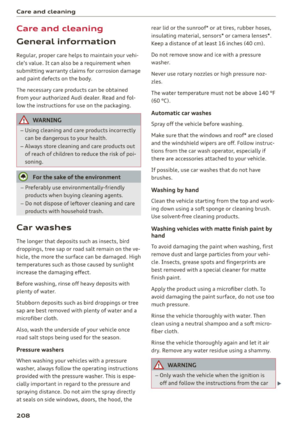 210
210 211
211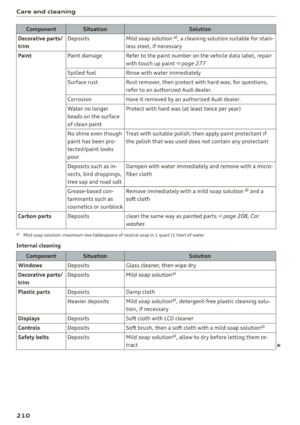 212
212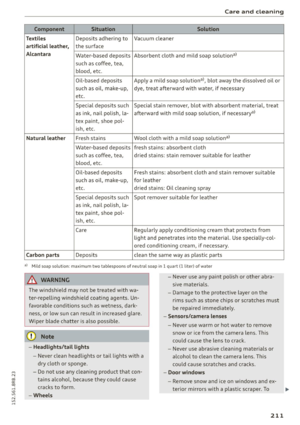 213
213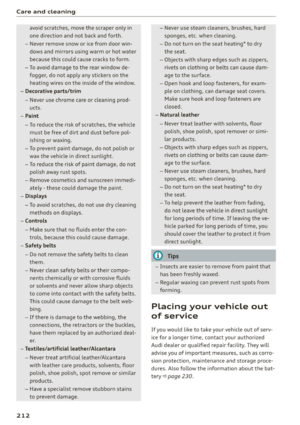 214
214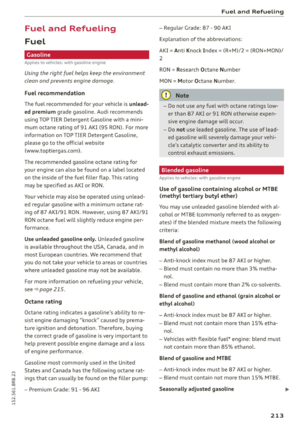 215
215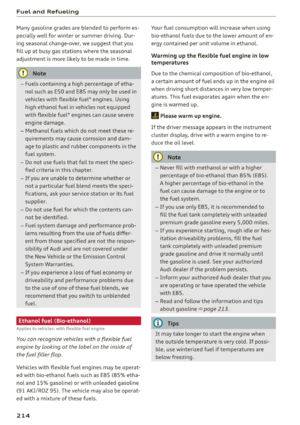 216
216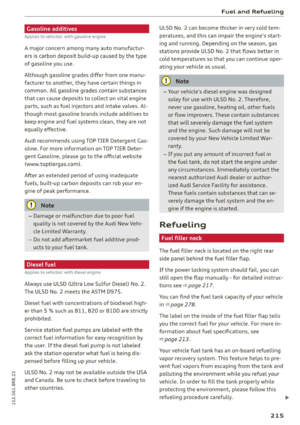 217
217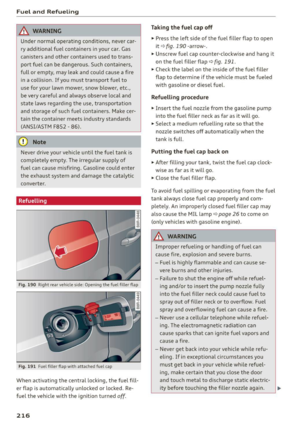 218
218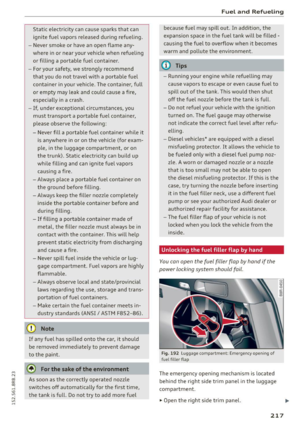 219
219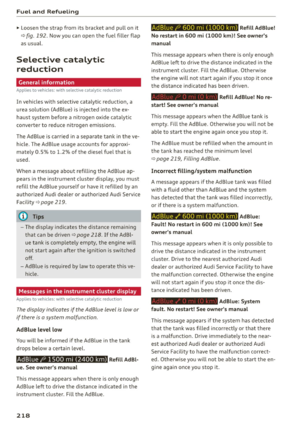 220
220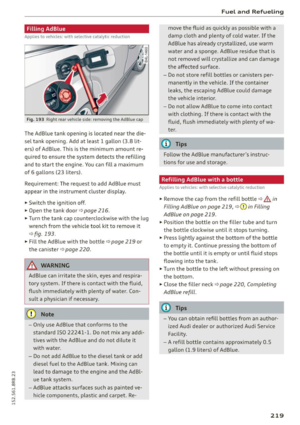 221
221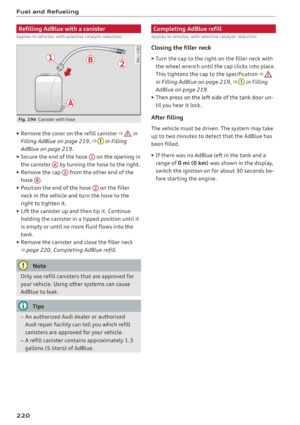 222
222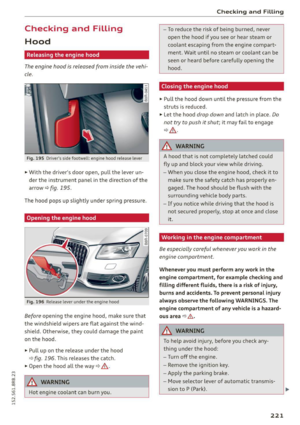 223
223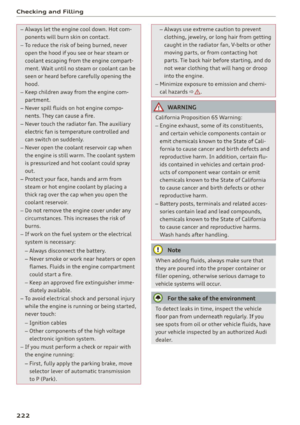 224
224 225
225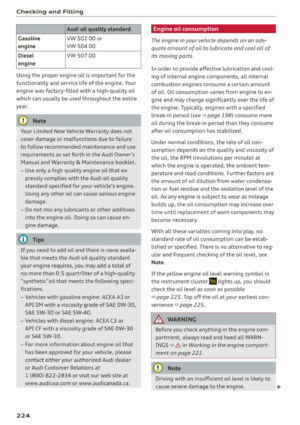 226
226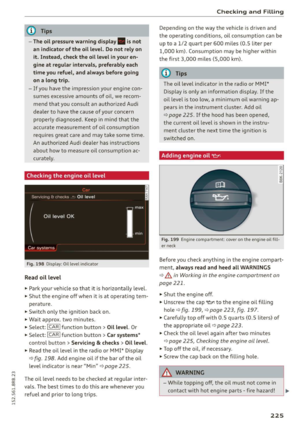 227
227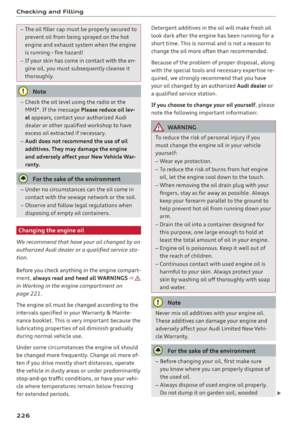 228
228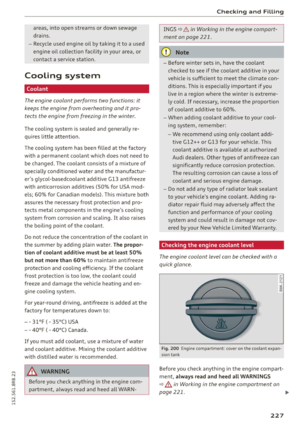 229
229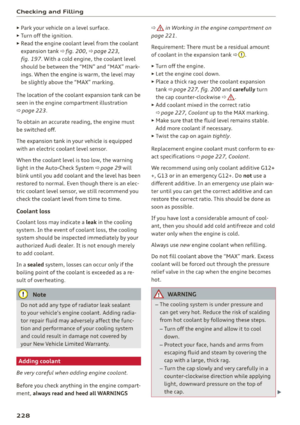 230
230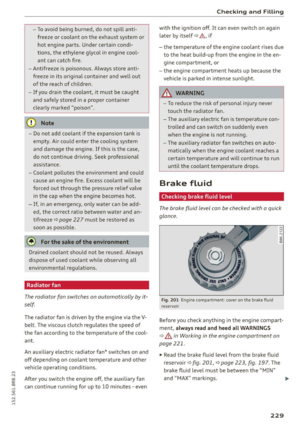 231
231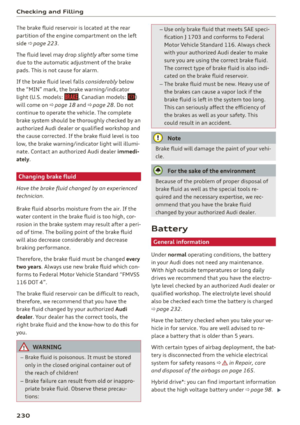 232
232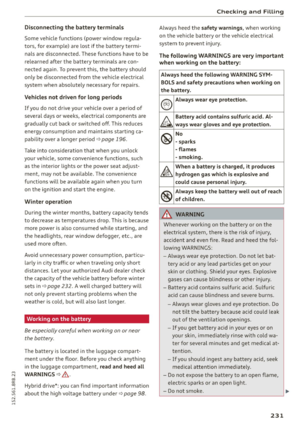 233
233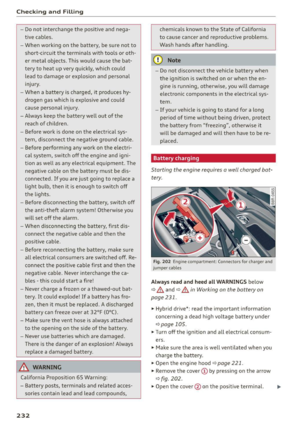 234
234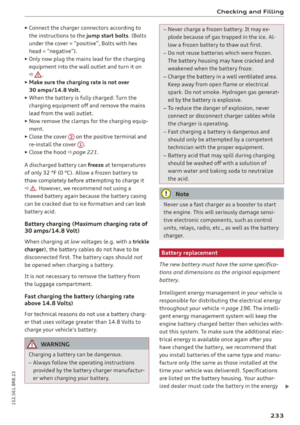 235
235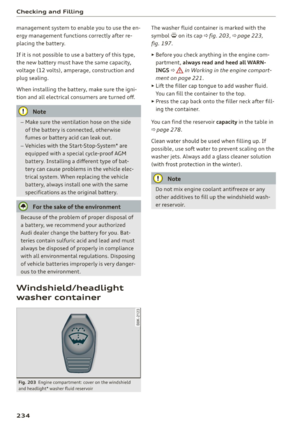 236
236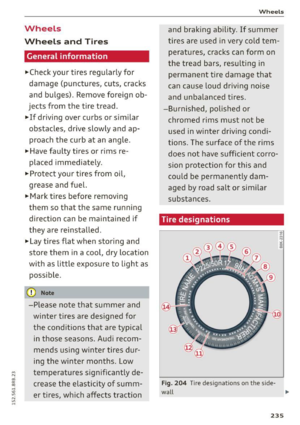 237
237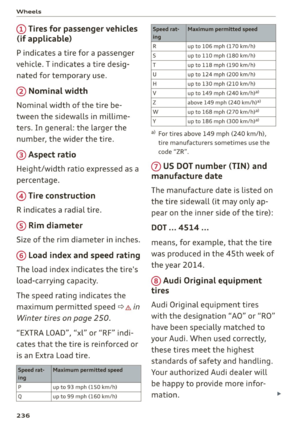 238
238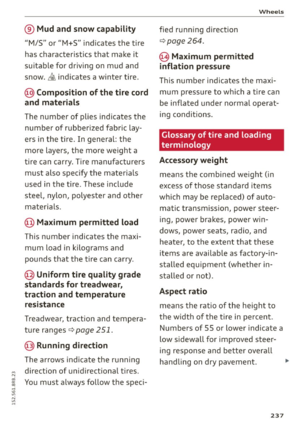 239
239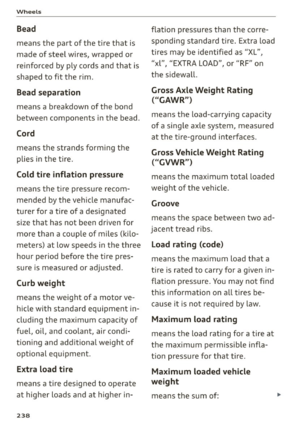 240
240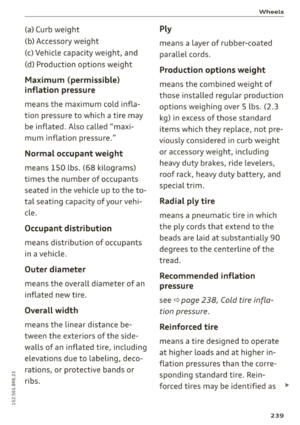 241
241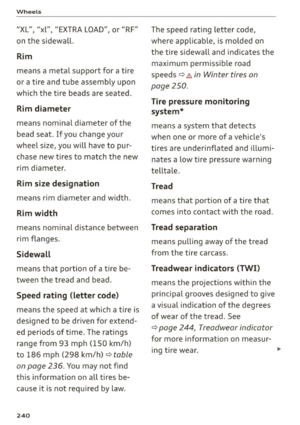 242
242 243
243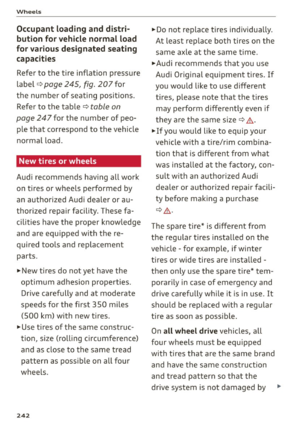 244
244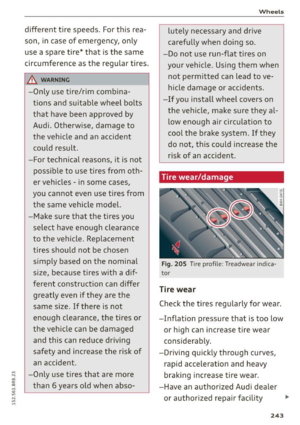 245
245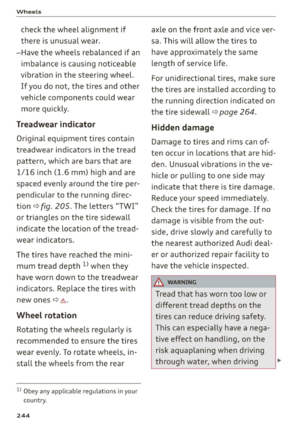 246
246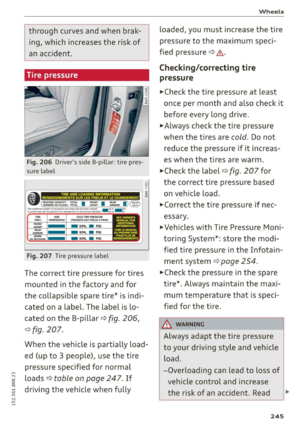 247
247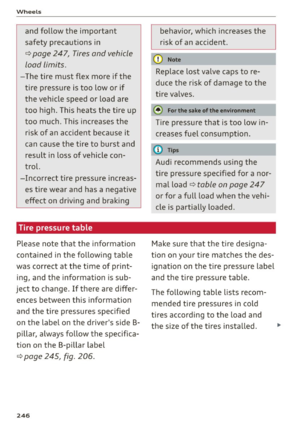 248
248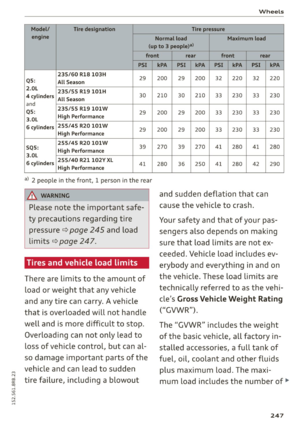 249
249 250
250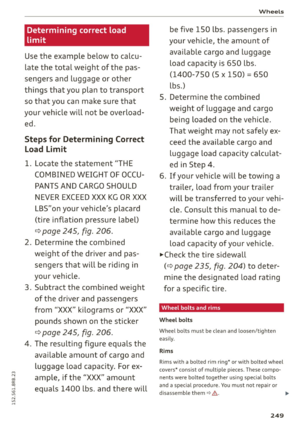 251
251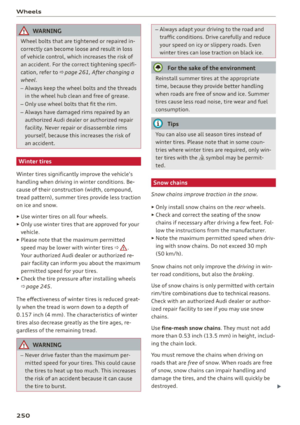 252
252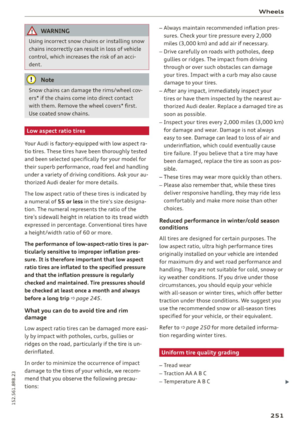 253
253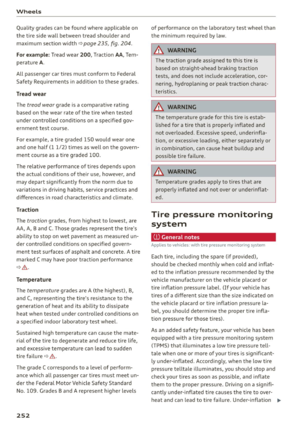 254
254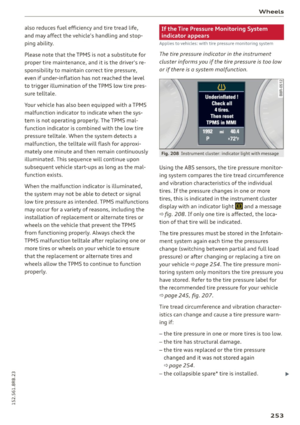 255
255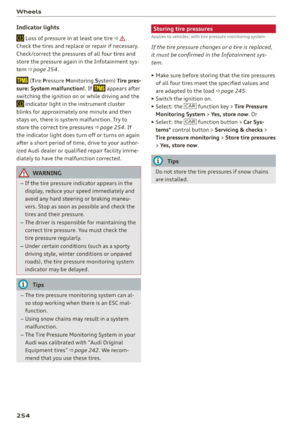 256
256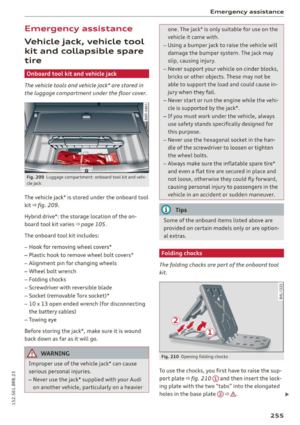 257
257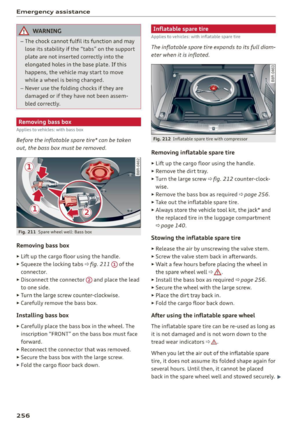 258
258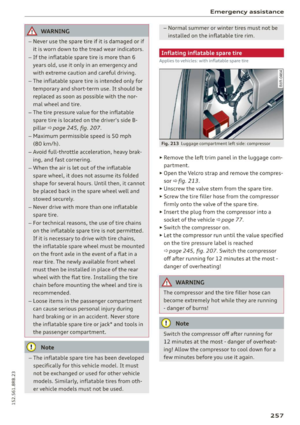 259
259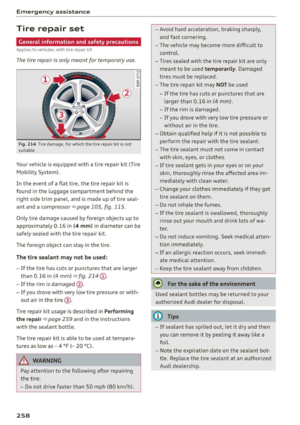 260
260 261
261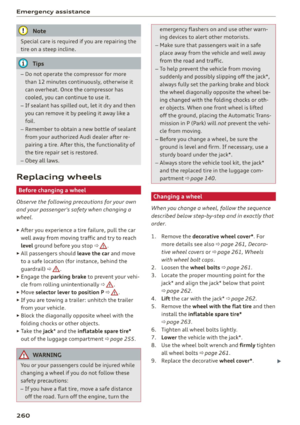 262
262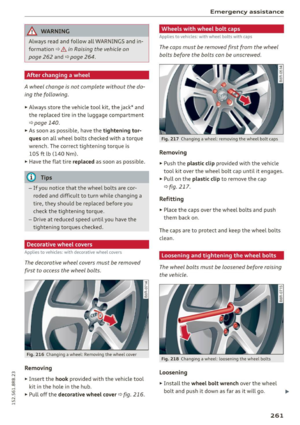 263
263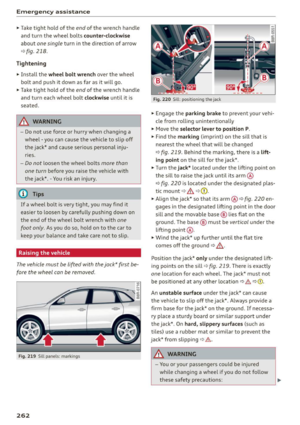 264
264 265
265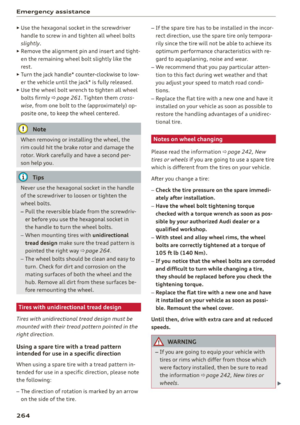 266
266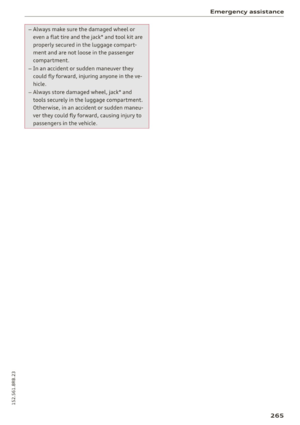 267
267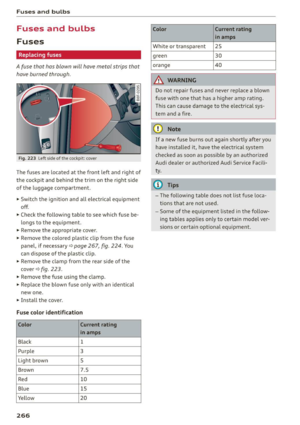 268
268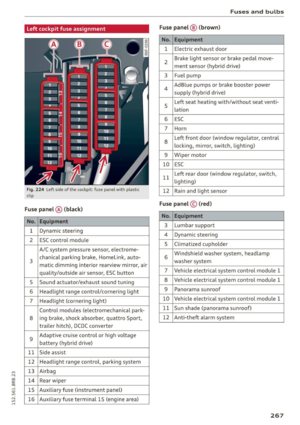 269
269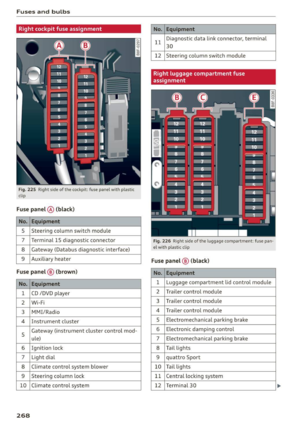 270
270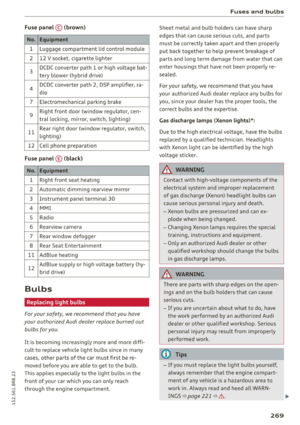 271
271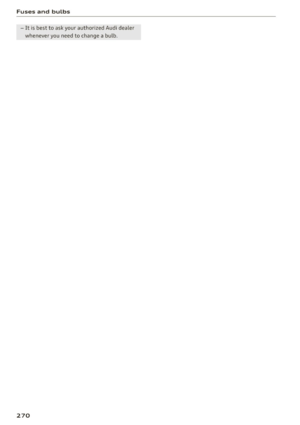 272
272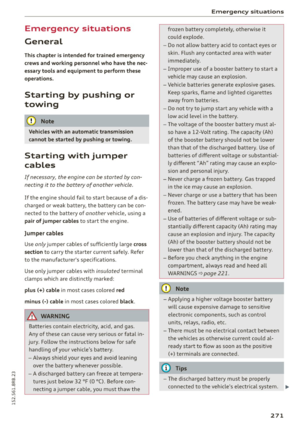 273
273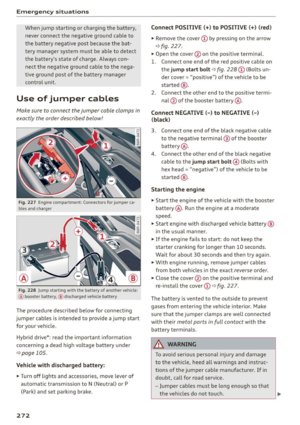 274
274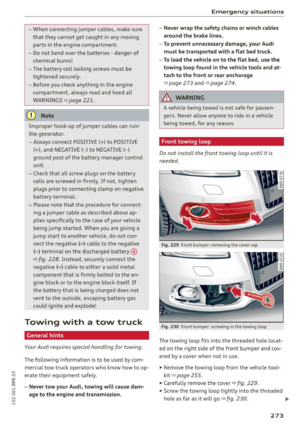 275
275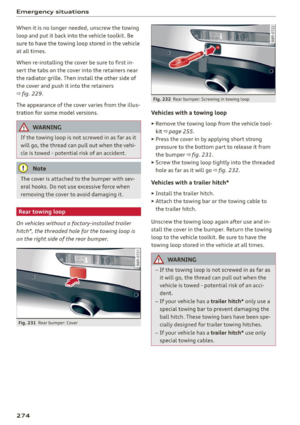 276
276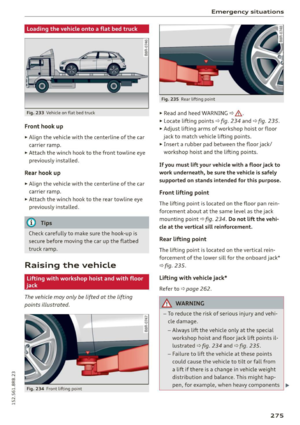 277
277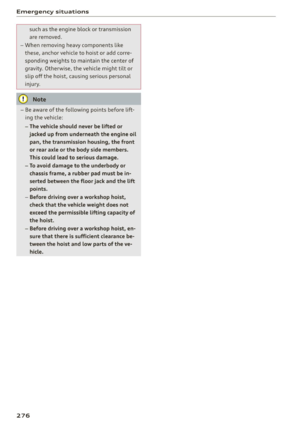 278
278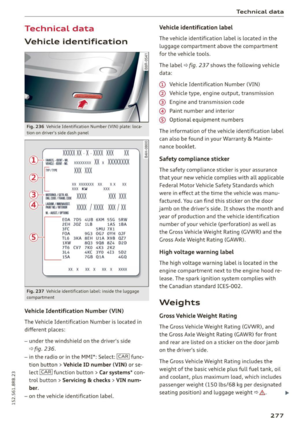 279
279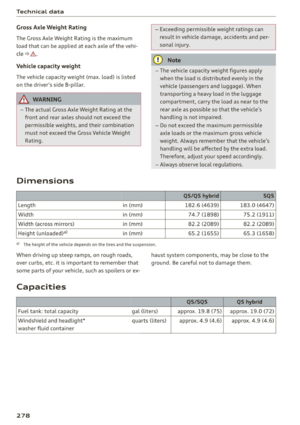 280
280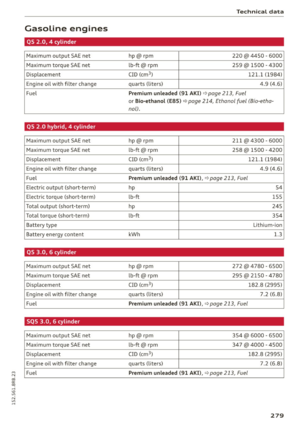 281
281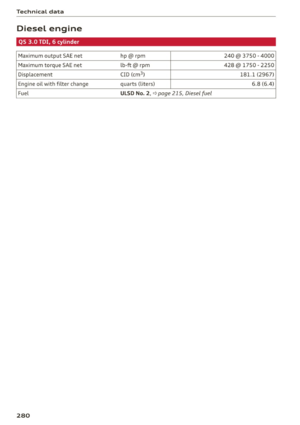 282
282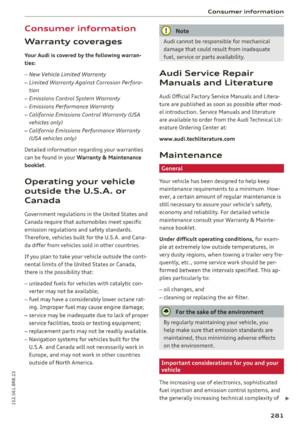 283
283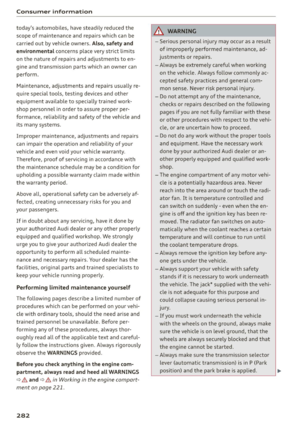 284
284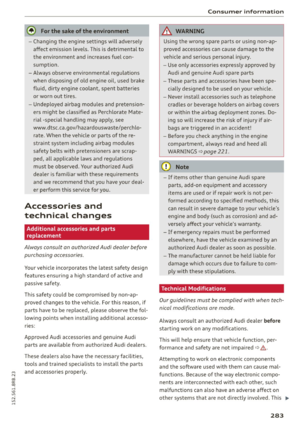 285
285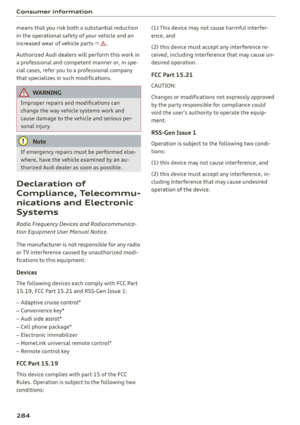 286
286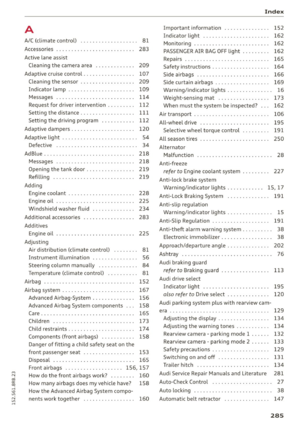 287
287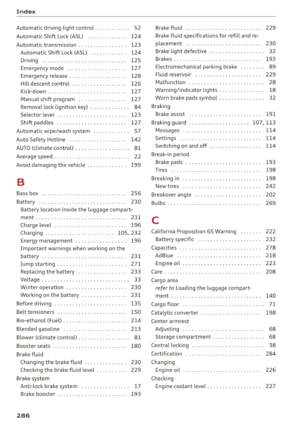 288
288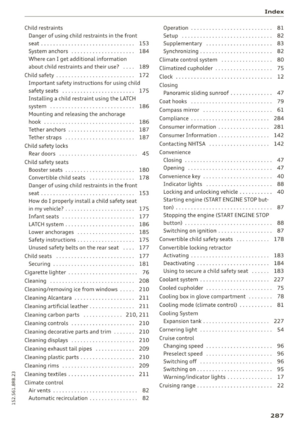 289
289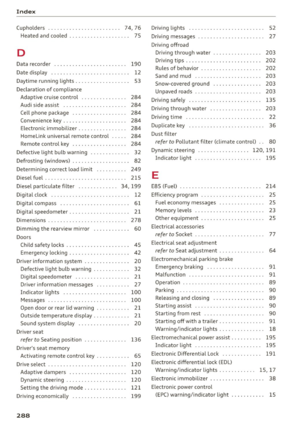 290
290 291
291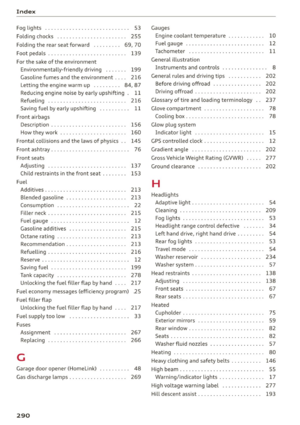 292
292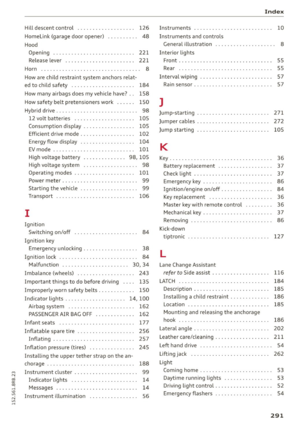 293
293 294
294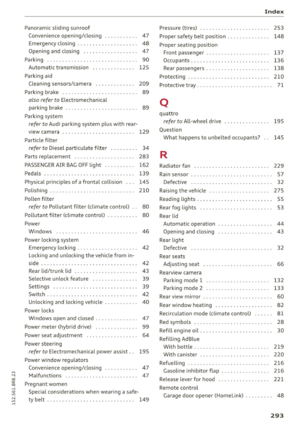 295
295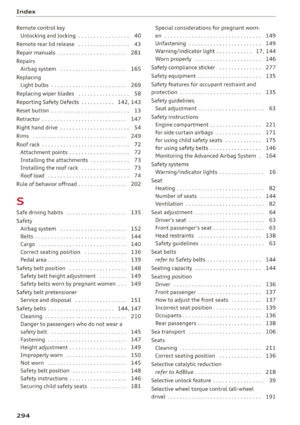 296
296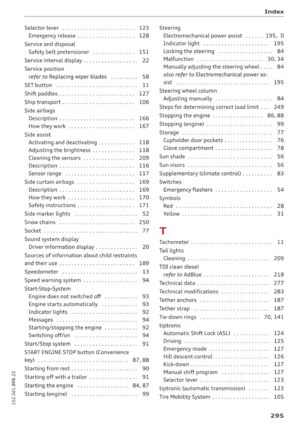 297
297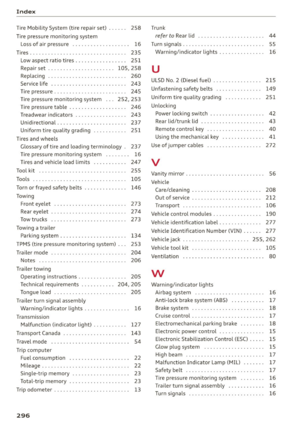 298
298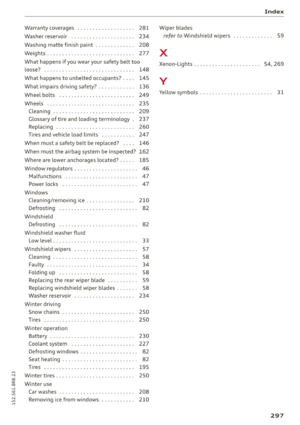 299
299 300
300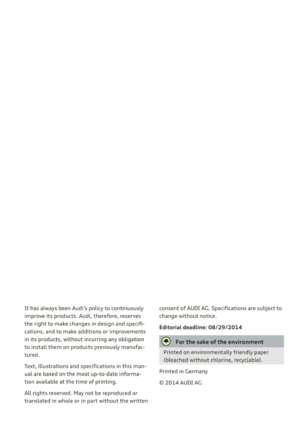 301
301






